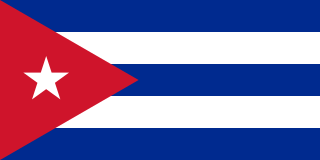
Visa and entry requirements Cuba:
Passport required
Stays of up to 30 days only possible with a tourist card
Information from the Foreign Office about your trip to Cuba:
https://www.auswaertiges-amt.de/de/kubasicherheit/212208
Cuba is the largest island in the entire Caribbean and an island state in the Greater Antilles, with around 11.5 million inhabitants.
On the geographical map, Cuba is located at a distance of around 100 to 200 kilometers, south of Key West in Florida and the Bahamas, east of Yucatan in Mexico, north of Jamaica, west of Haiti and southwest of the Turks and Caicos Islands.
The country's west-east extension is around 1,250 kilometers long, while the distance from north to south is only around 30 kilometers at its narrowest point.
In the southeastern part of Cuba, there is a US naval base in Guantanamo Bay, the existence of which is still hotly debated today.
The official language of Cuba is Spanish and the Caribbean island has two official currencies, the Cuban peso and the convertible peso. While the Cuban peso is intended exclusively for Cubans, for their basic foodstuffs or wages, the convertible peso is used more for tourists and imported goods. 1 euro corresponds to approximately 1.10 CUC worth 1 US dollar.
The country's largest cities include Havana, Santiago de Cuba, Camagüey, Holguin, Guantanamo, Santa Clara, Las Tunas, Bayamo, Cienfuegos and Pinar del Rio.
The predominantly Catholic population of Cuba is divided into around 65% whites, 10% blacks and 25% mulattoes.
Cuba has a tropical climate all year round with very little temperature changes, which means the island is exposed to possible tropical cyclones, especially in the summer months.
The land area of the Caribbean island is partly flat to mountainous, with the highest point in the country, the 1,974 meter high “Pico Turquino” in the Sierra Maestra mountains.
The state of Cuba is still one of the last remaining socialist economies. Sugar is still the country's most important export product, followed by tobacco. Cuba also has abundant deposits of mineral resources, such as gold, silver, manganese, iron, copper, cobalt and chromium, as well as small amounts of crude oil and natural gas.
Tourism has now taken a leading position in Cuba's economy and is therefore the country's most important source of foreign currency. The number of annual foreign visitors is now around three million, of which almost a million came from Canada and the USA on cruise ships.
The main tourist attractions in Cuba include the Topes de Collantes National Park, Varadero Beach, Ambrosio Cave, Alexander von Humboldt National Park, Che Guevara's Mausoleum in Santa Clara, Hicacos Peninsula, the historic town square of Trinidad, the legendary fortress of San Pedro in Santiago de Cuba, the nature reserve on the island of Cayo Saetia, the beaches of Sirena, Paraiso and Esmeralda, the Turquino National Park and the Ernst Thälmann Island.
The capital of Cuba is Havana with around 2.5 million inhabitants and at the same time the economic and cultural center of the Caribbean country. Havana is the largest metropolis in the Caribbean, both in terms of area and population.
The historic old town of Havana with over 900 buildings from the older colonial period is particularly worth seeing. Other important sights of the city include the Capitol - the city's landmark, the Plaza Vieja - the Old Square, the Malecon, the lighthouse, the Opera House, Ernest Hemingway's house, the fortress at the harbor entrance, the Marine -Museum. the Cathedral Square, the fortress “La Cabana”, the San Francisco Square, the Plaza de Armas, the Prado Avenue, the Revolution Square with the murals of Che Guevara and Fidel Castro, the Cathedral of Havana, the monument of Antonio Gades , the Cristobal Colon Cemetery, the Jose Marti Monument, the Revolutionary Museum, the Maximo Gomez Monument, the Havana Club Museum, the National Art Museum, the Karl Marx Theater, the National Aquarium, the Christ Statue of Havana, the Palace of the Generals and the art district “Callejon de Hamel”.
In June 2015, exactly a week before the decision to reopen to the USA, I visited Cuba for the only time so far. As part of my long nine-week Caribbean tour, I landed in Havana with “Cayman Airways” from the Cayman Islands for a four-day stay.
During this time I lived privately and cheaply, in the middle of the old town. based on a recommendation from Lisa, my lovely host on the Cayman Islands previously.
My time in Cuba's capital was packed every day with lots of visits, tours and city tours. Havana is simply unique, an absolutely impressive city and somehow comparable to nothing in the Caribbean or in the entire travel world. Particularly noteworthy are an inexpensive bus tour through the entire capital and a visit to a cigar factory, whose cigars make the country of Cuba known throughout the world.
The rest of the time I just walked through the streets of Havana and watched the exciting goings-on from one of the many cozy street restaurants. And because it was so fascinating to me, I could still do it today.
The only big problem for me in Cuba was the internet, which was really difficult to get. Unfortunately, due to subsequent flights or future hotel bookings, it was extremely necessary for my travel planning.
After a fantastic and unique stay in Cuba's capital, I then flew on to Haiti.
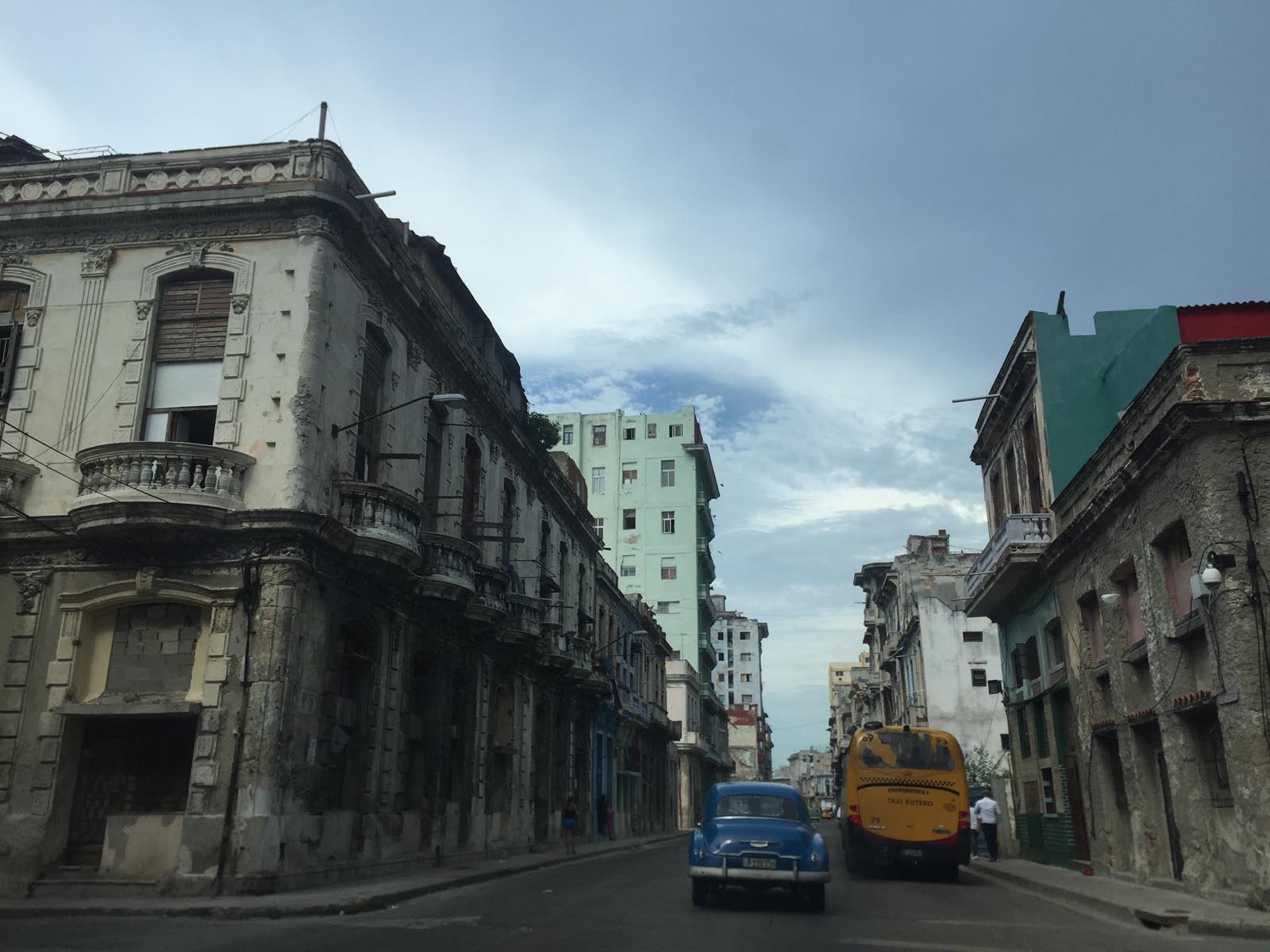
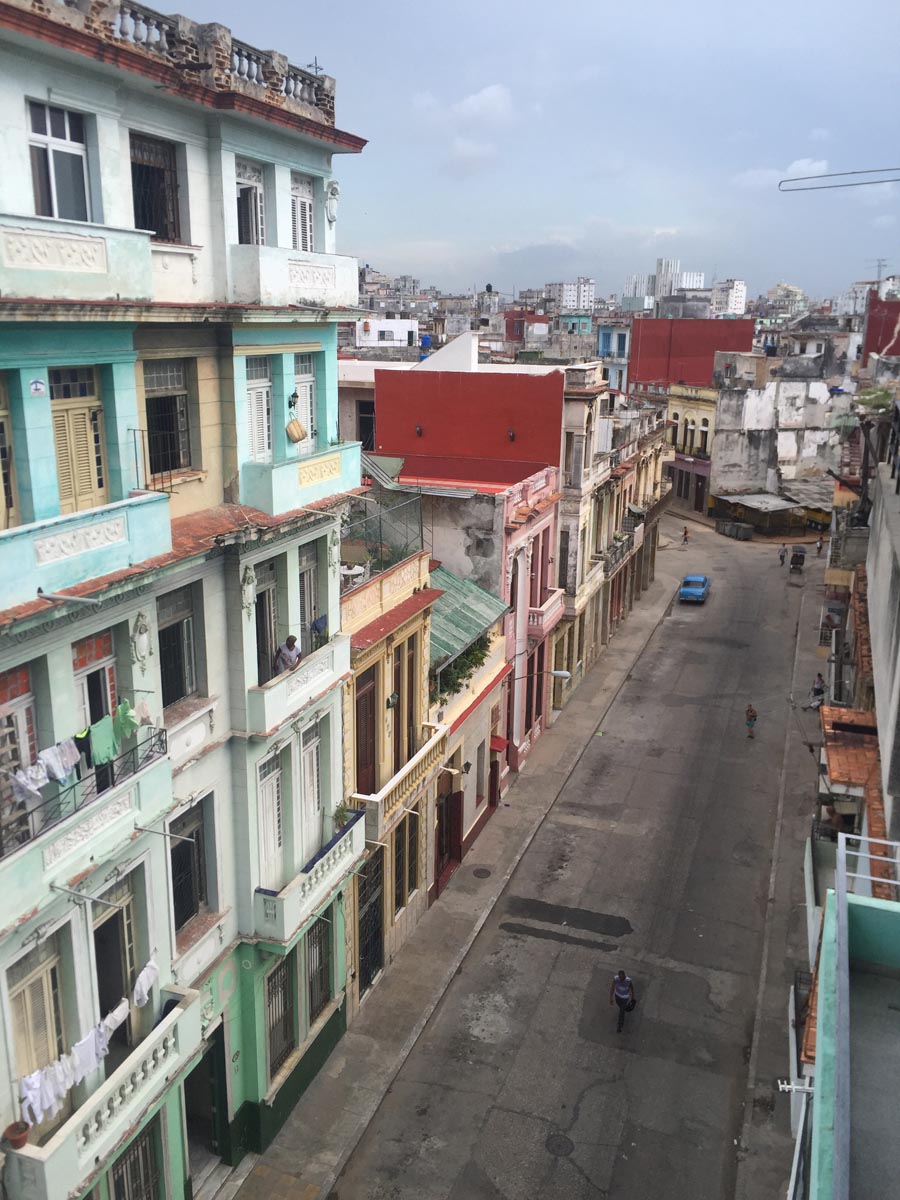
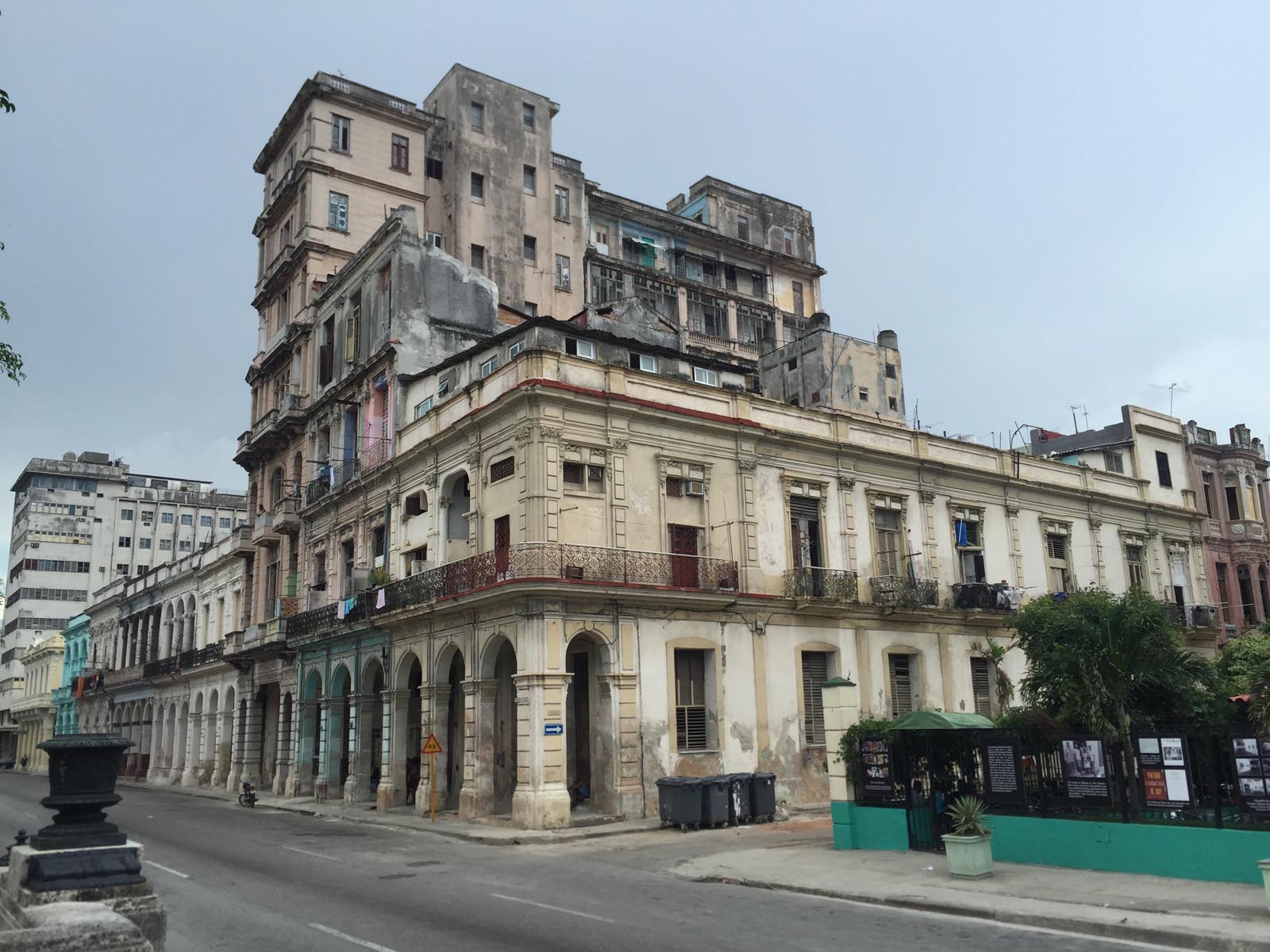
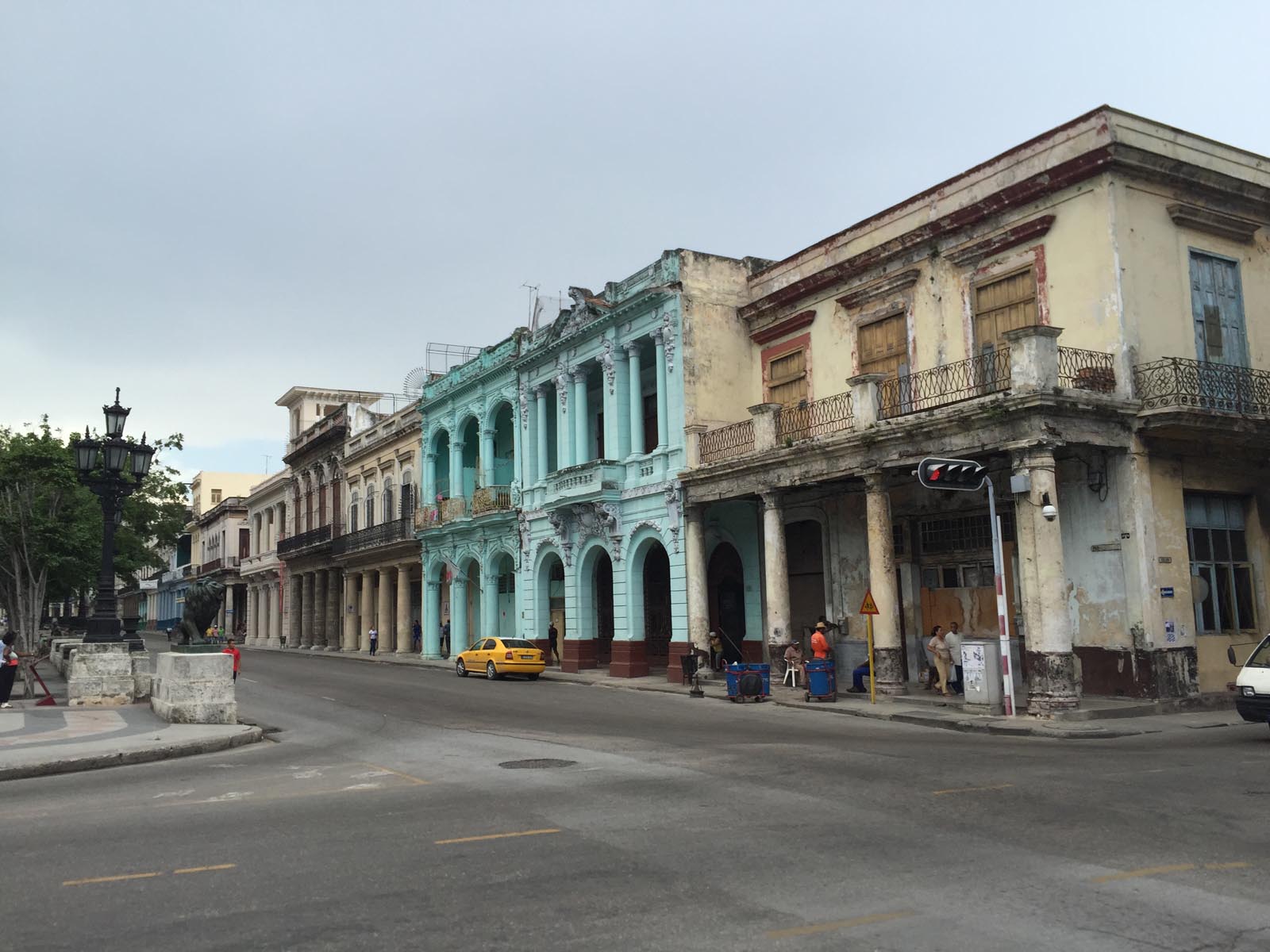


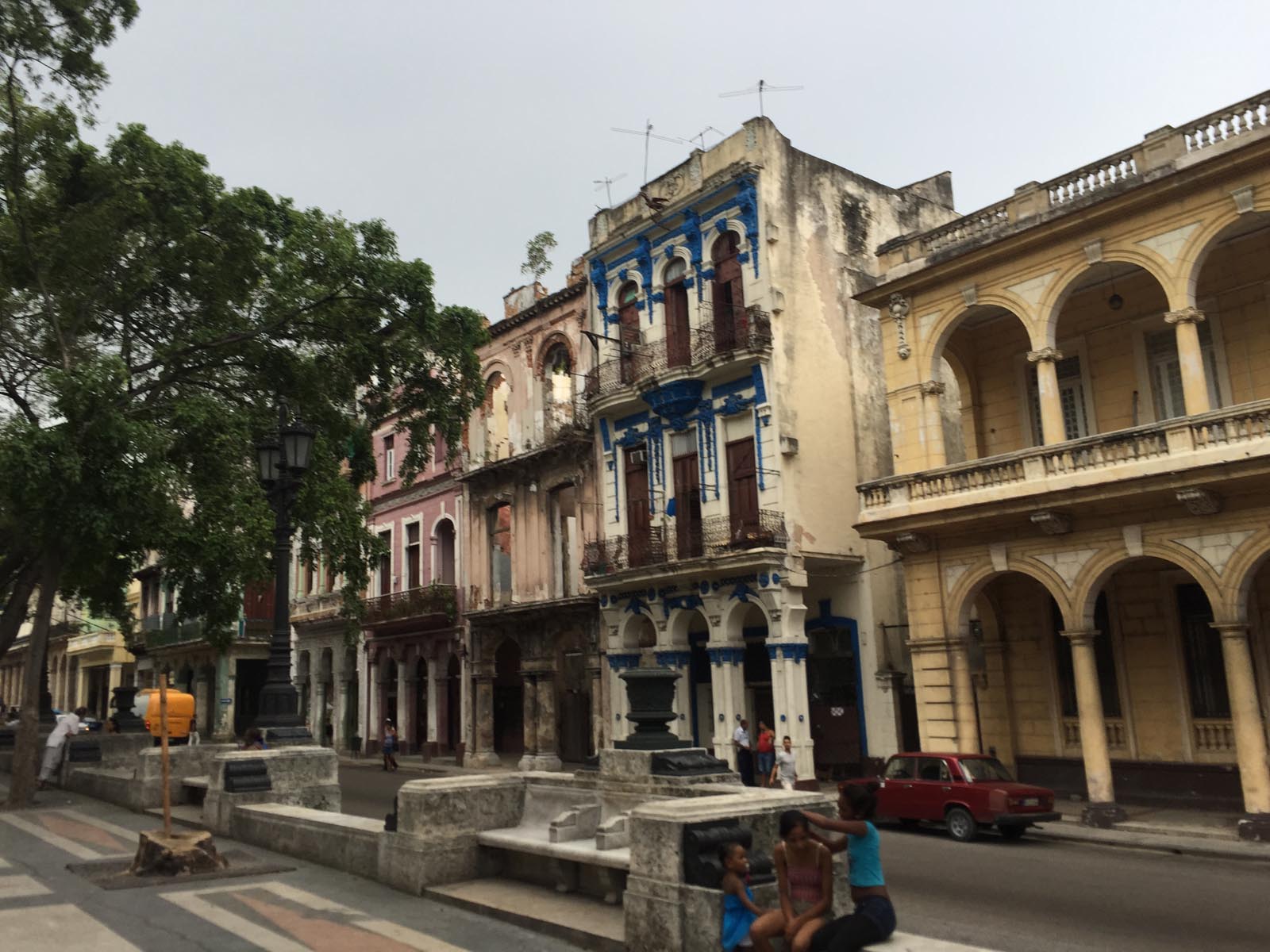
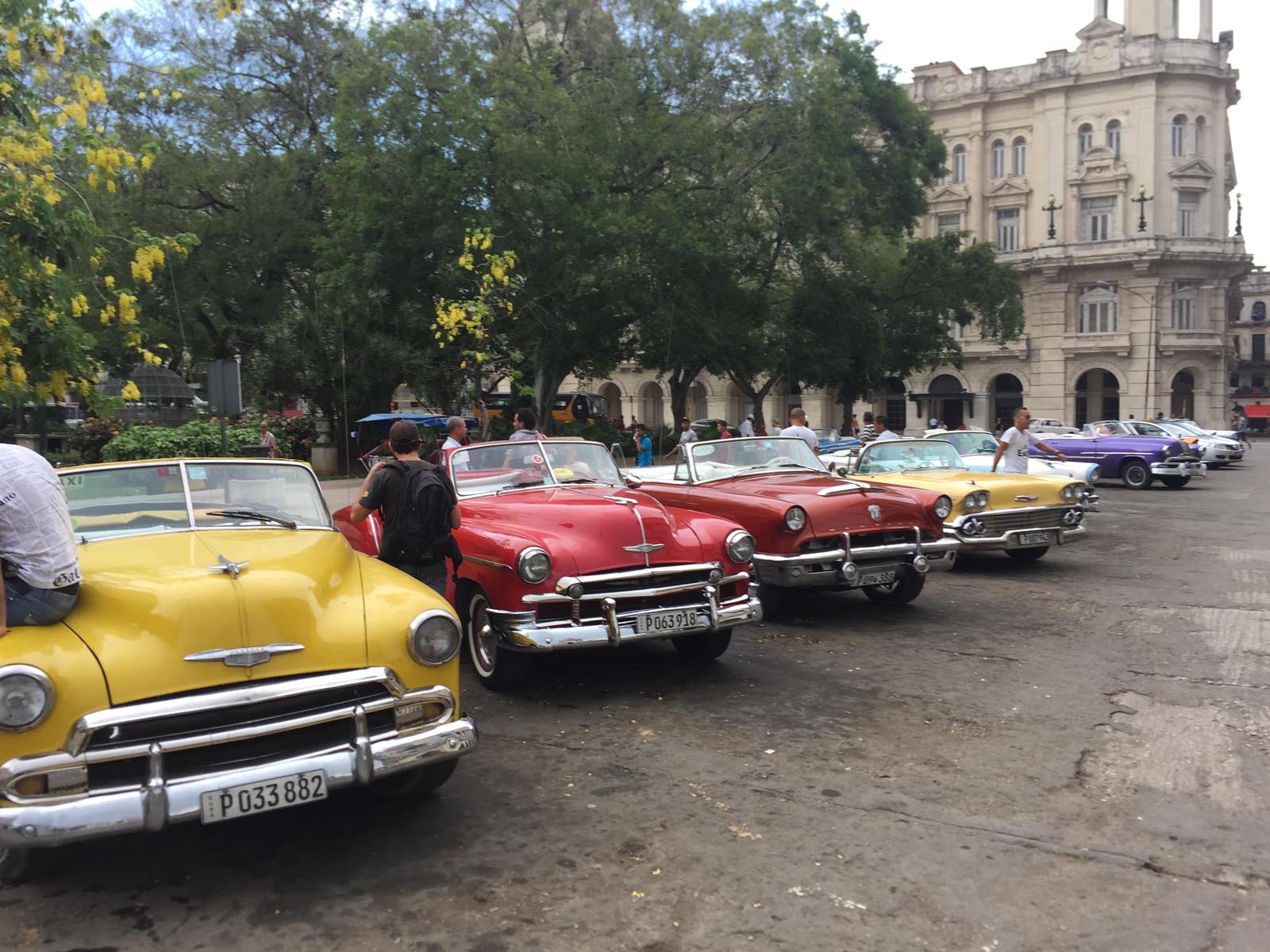
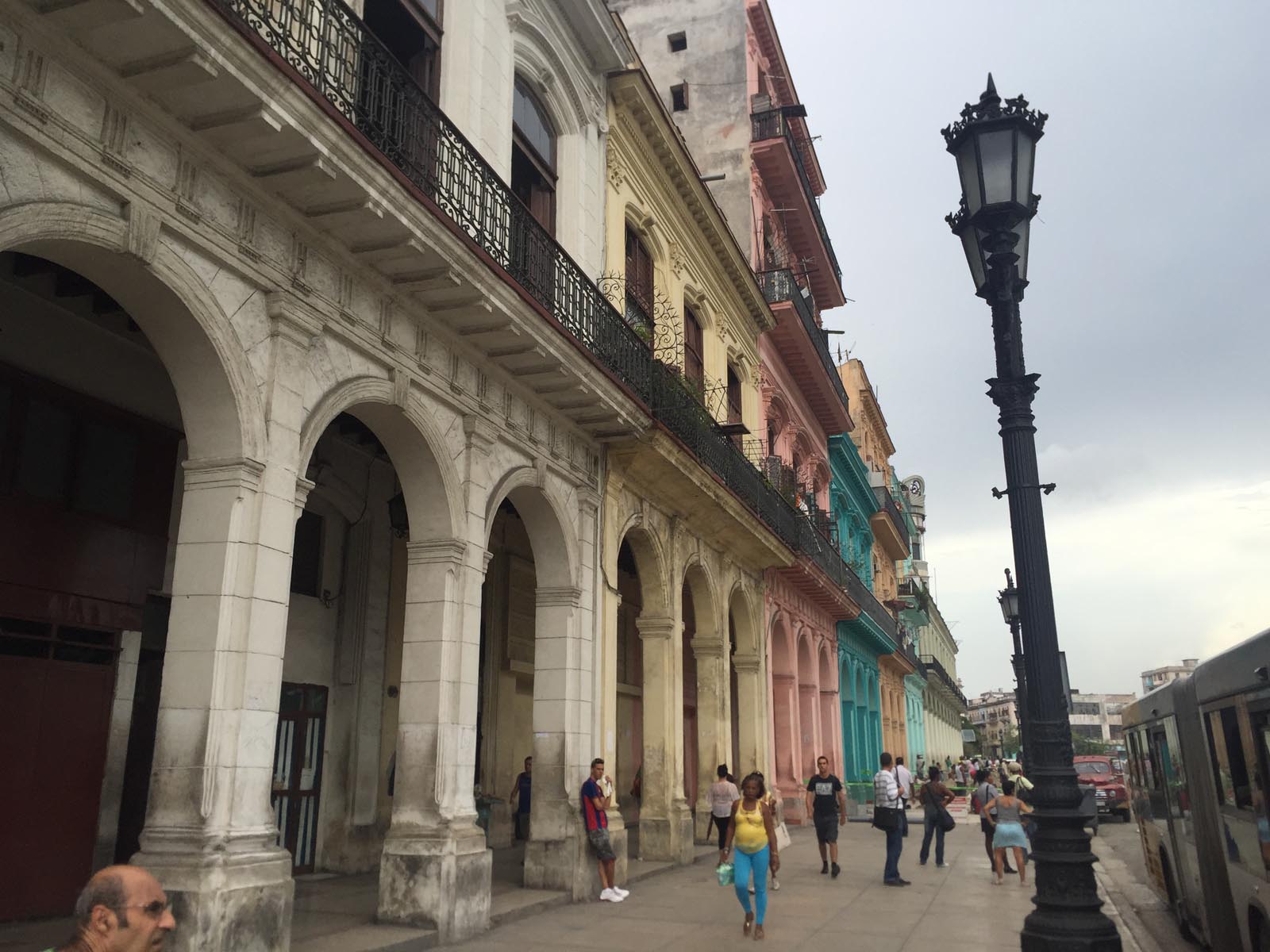
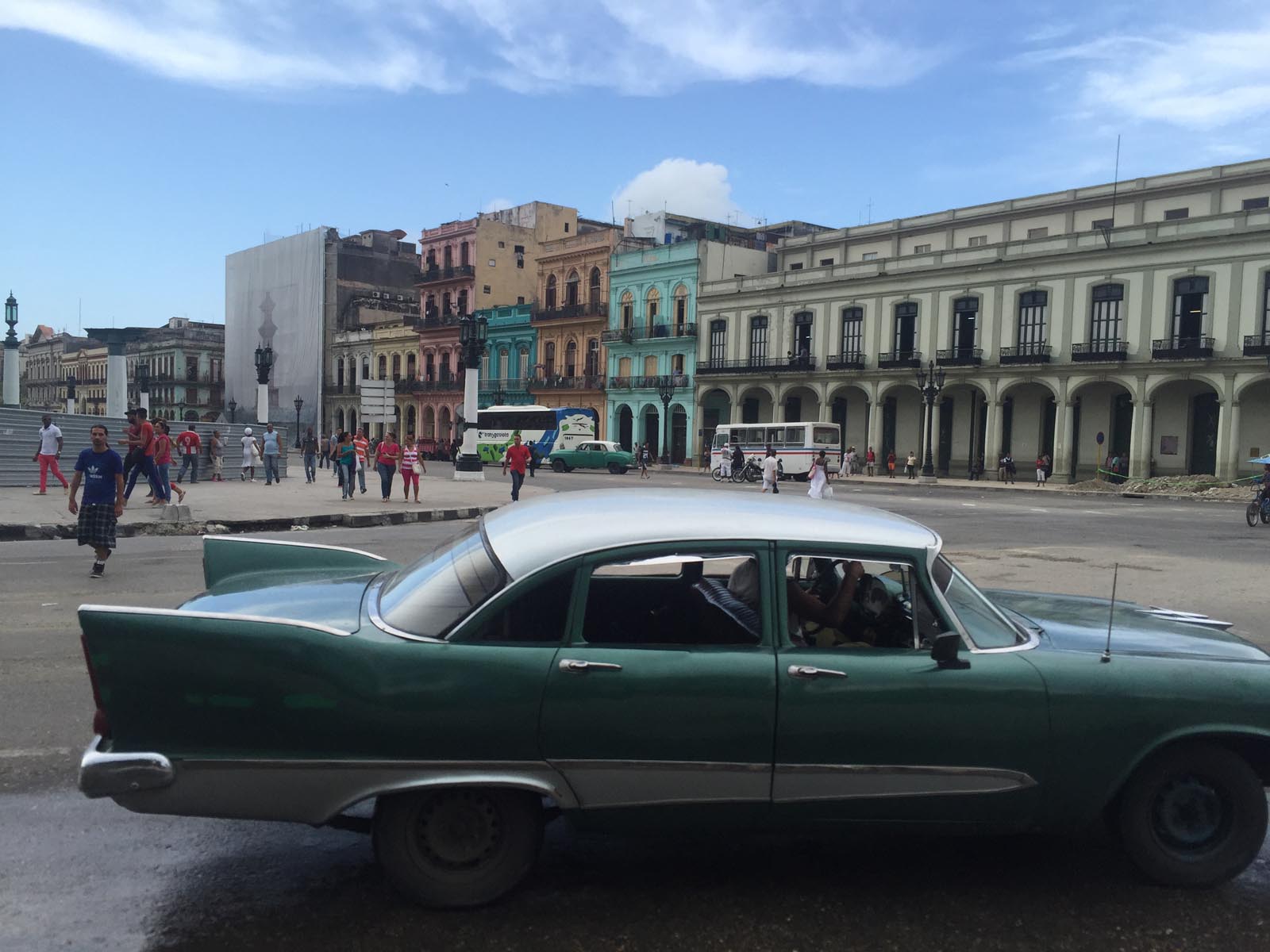
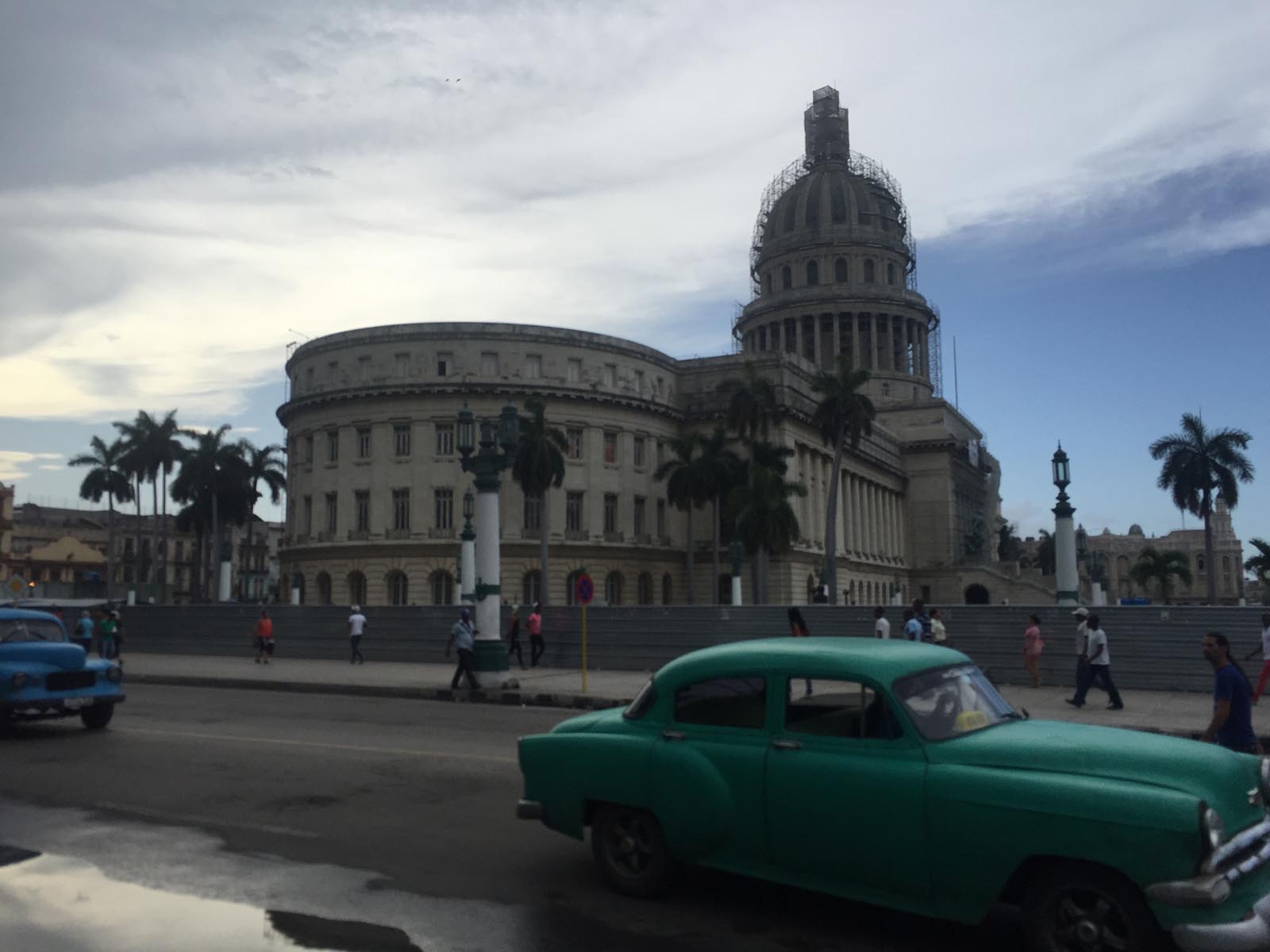
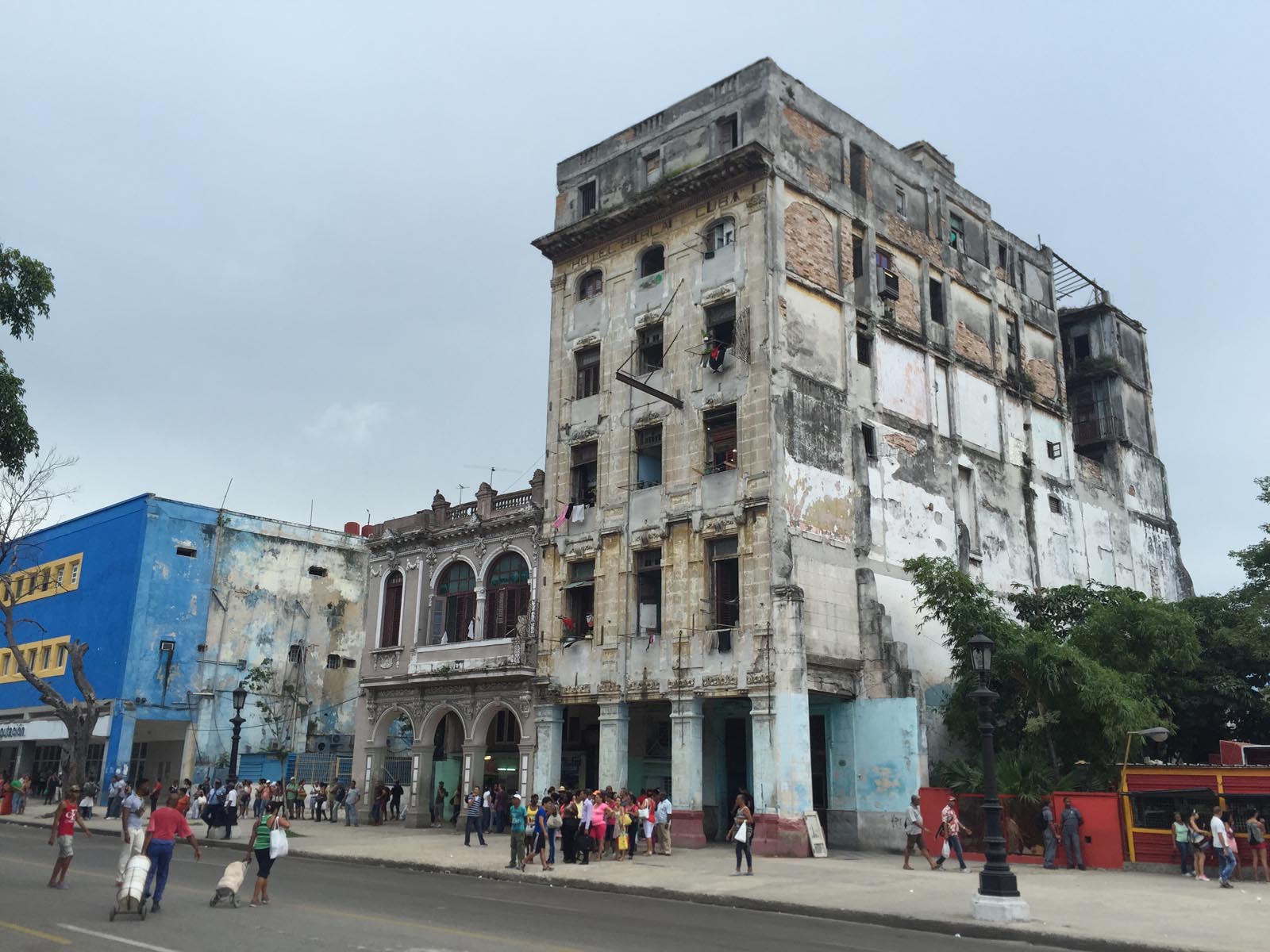
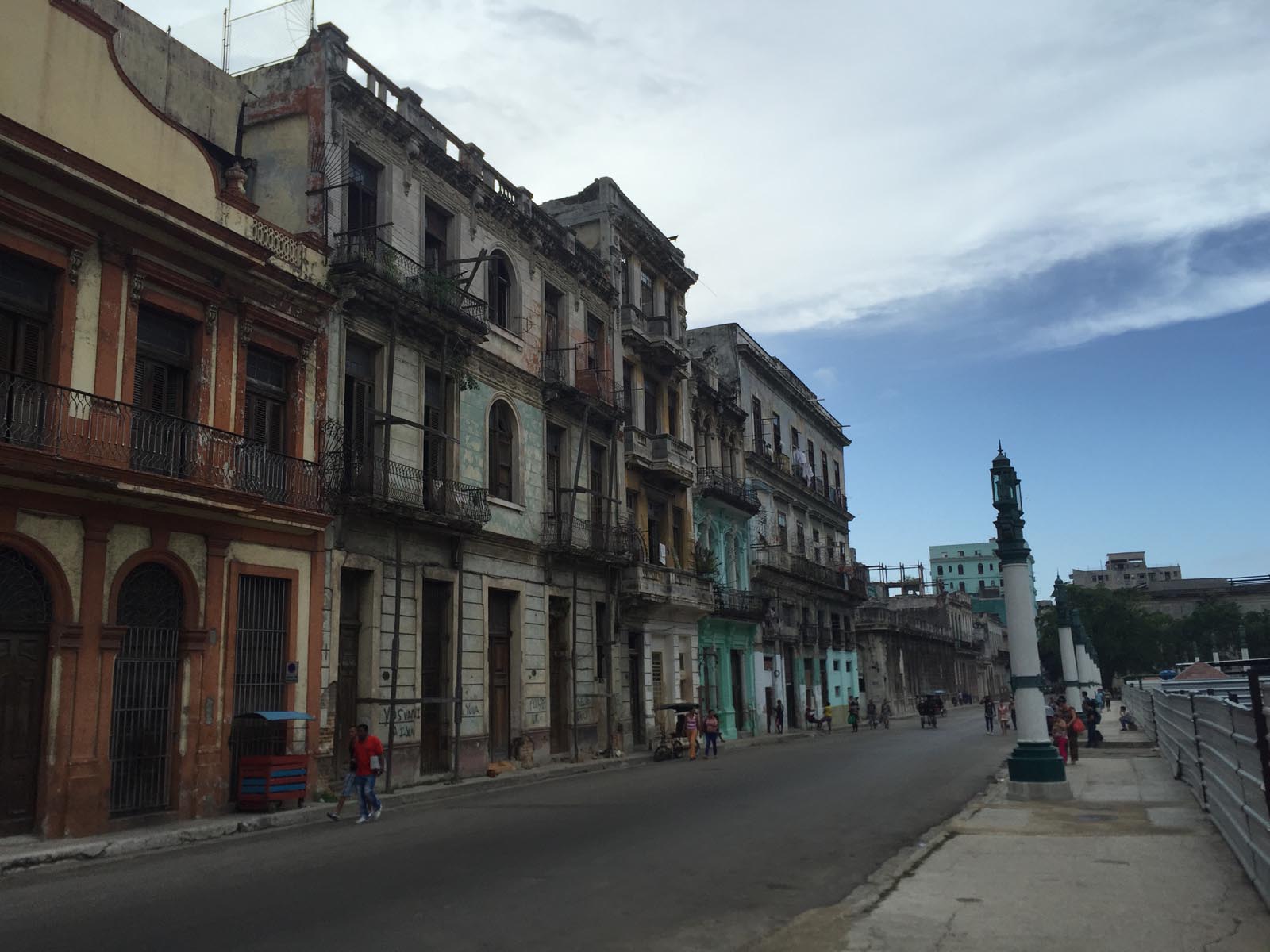
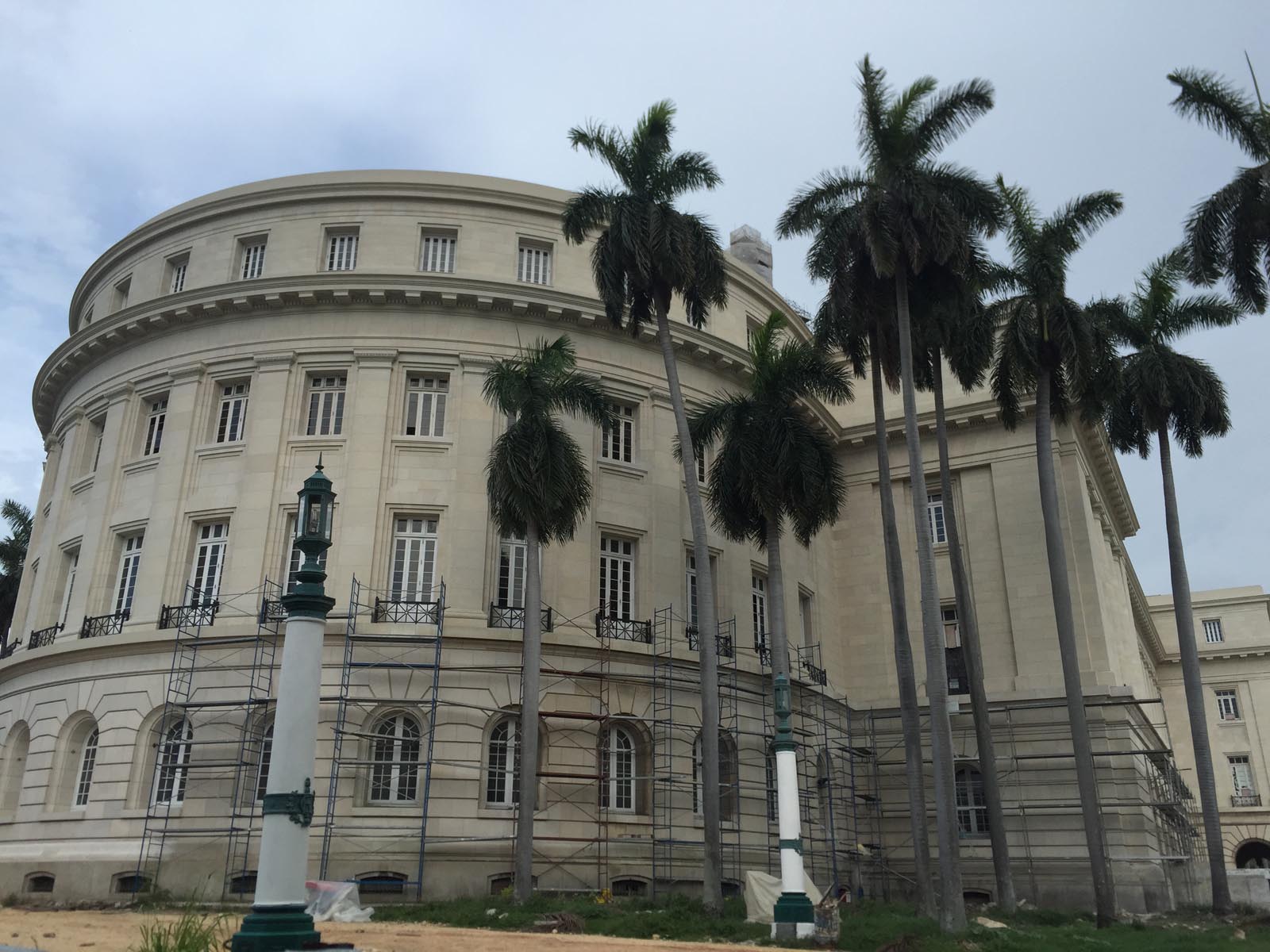
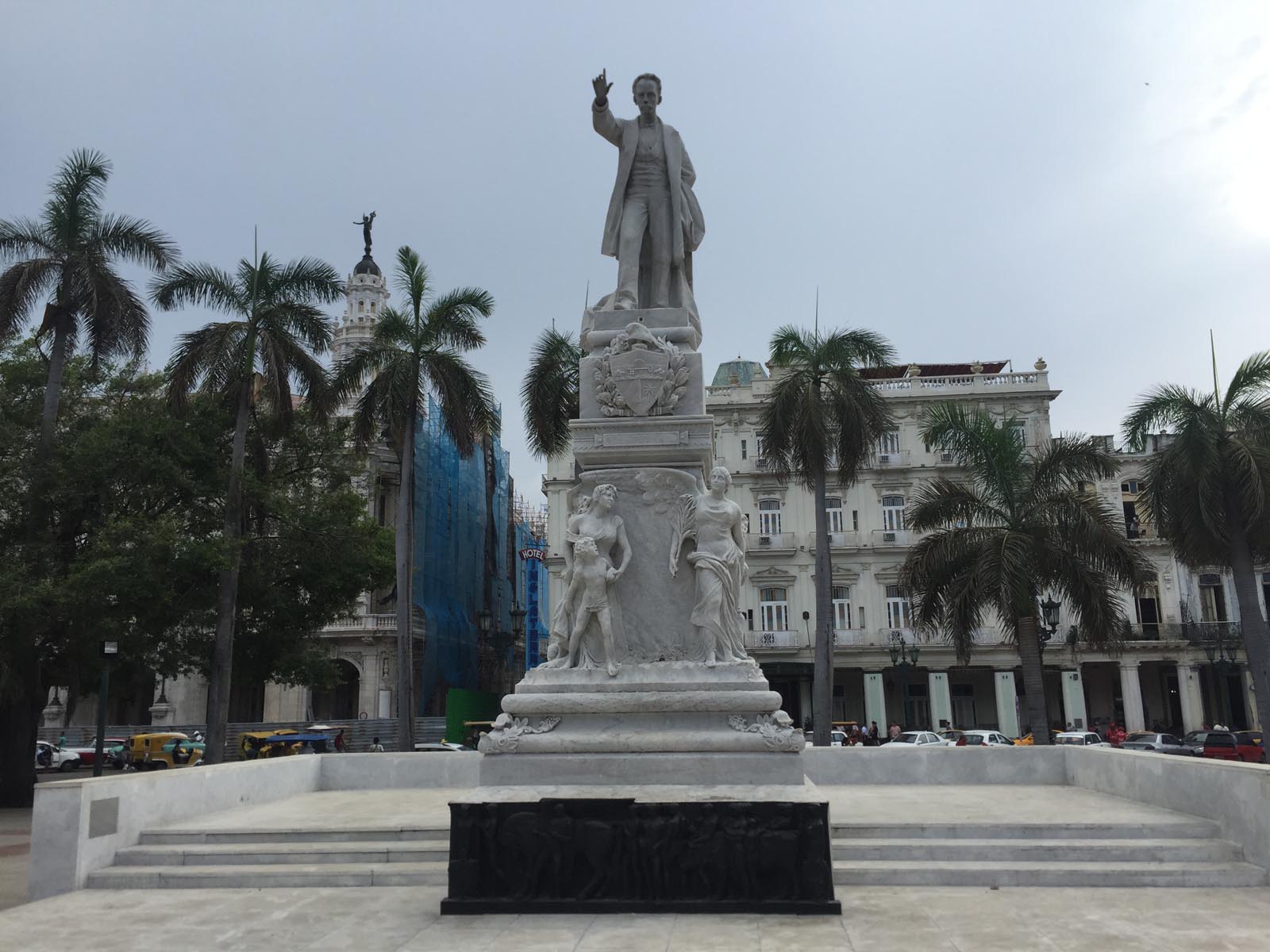
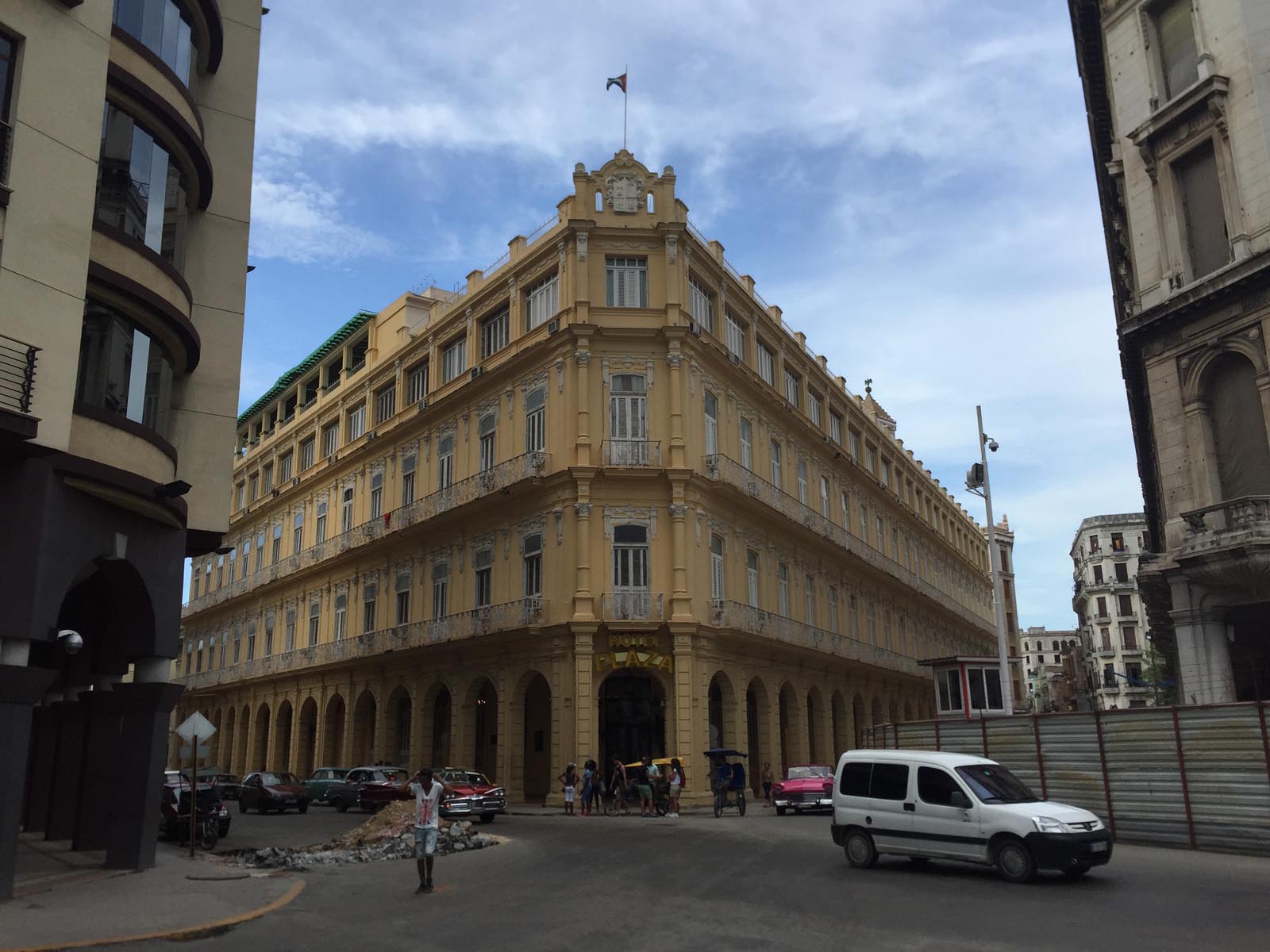
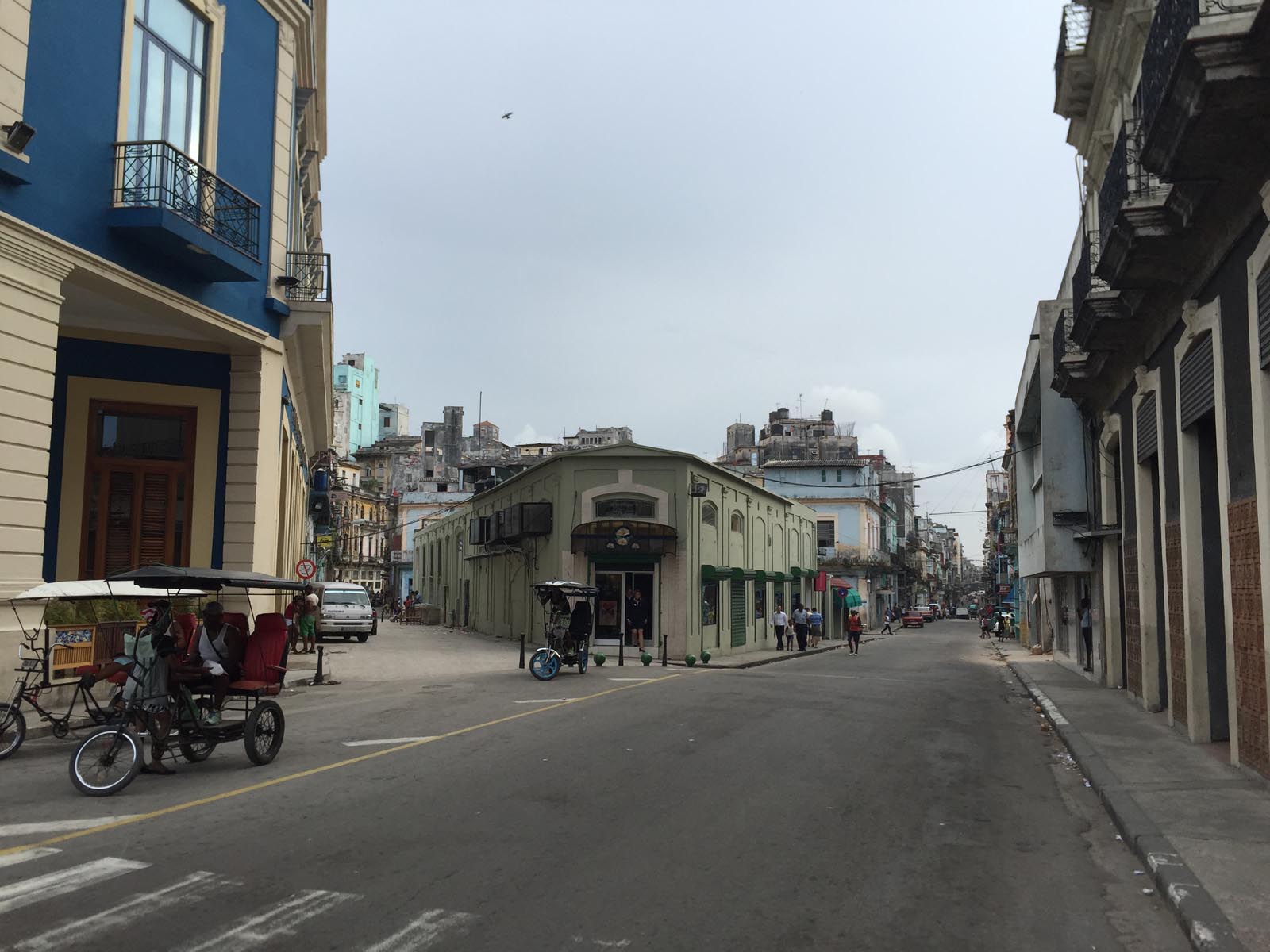


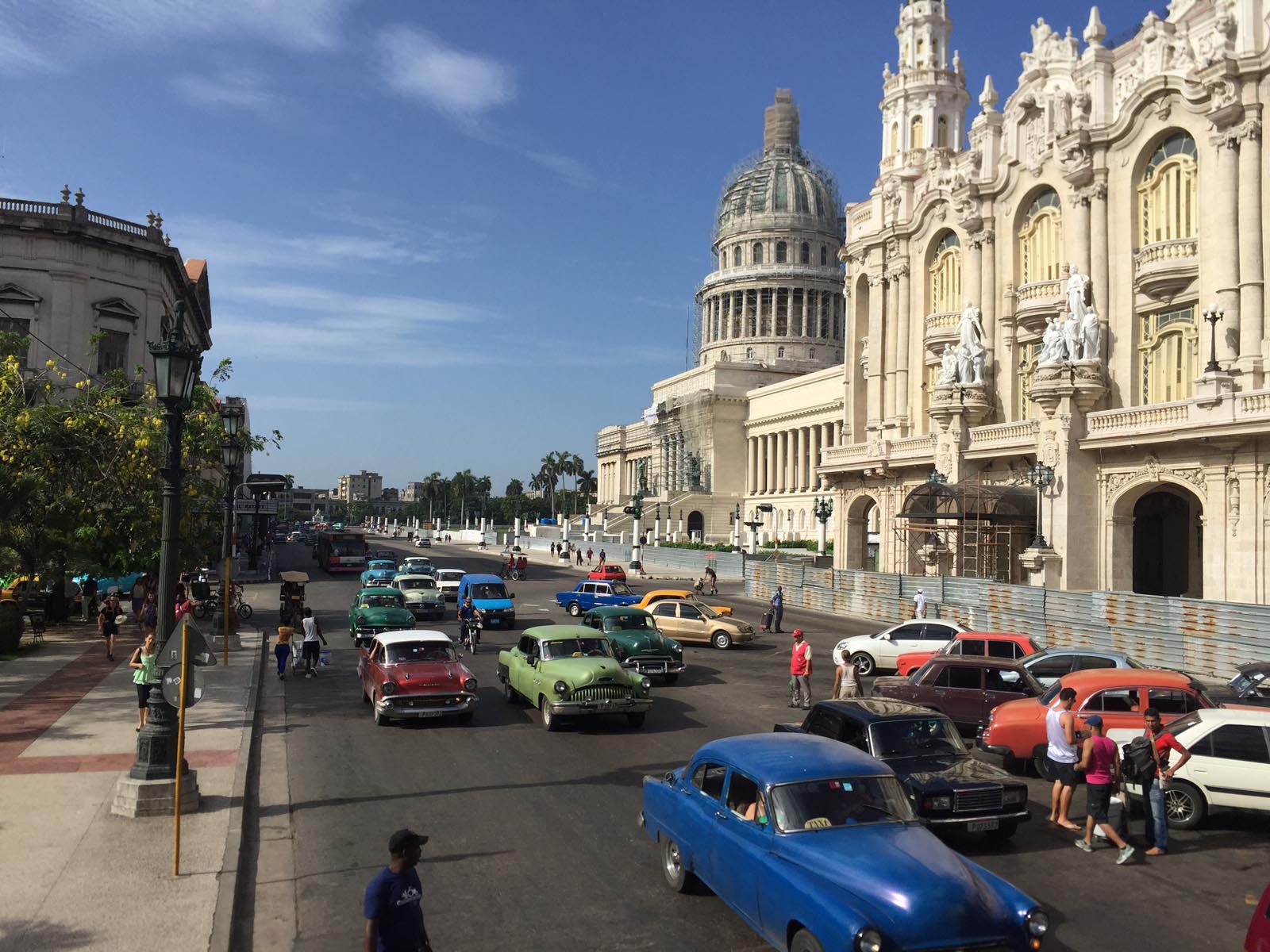
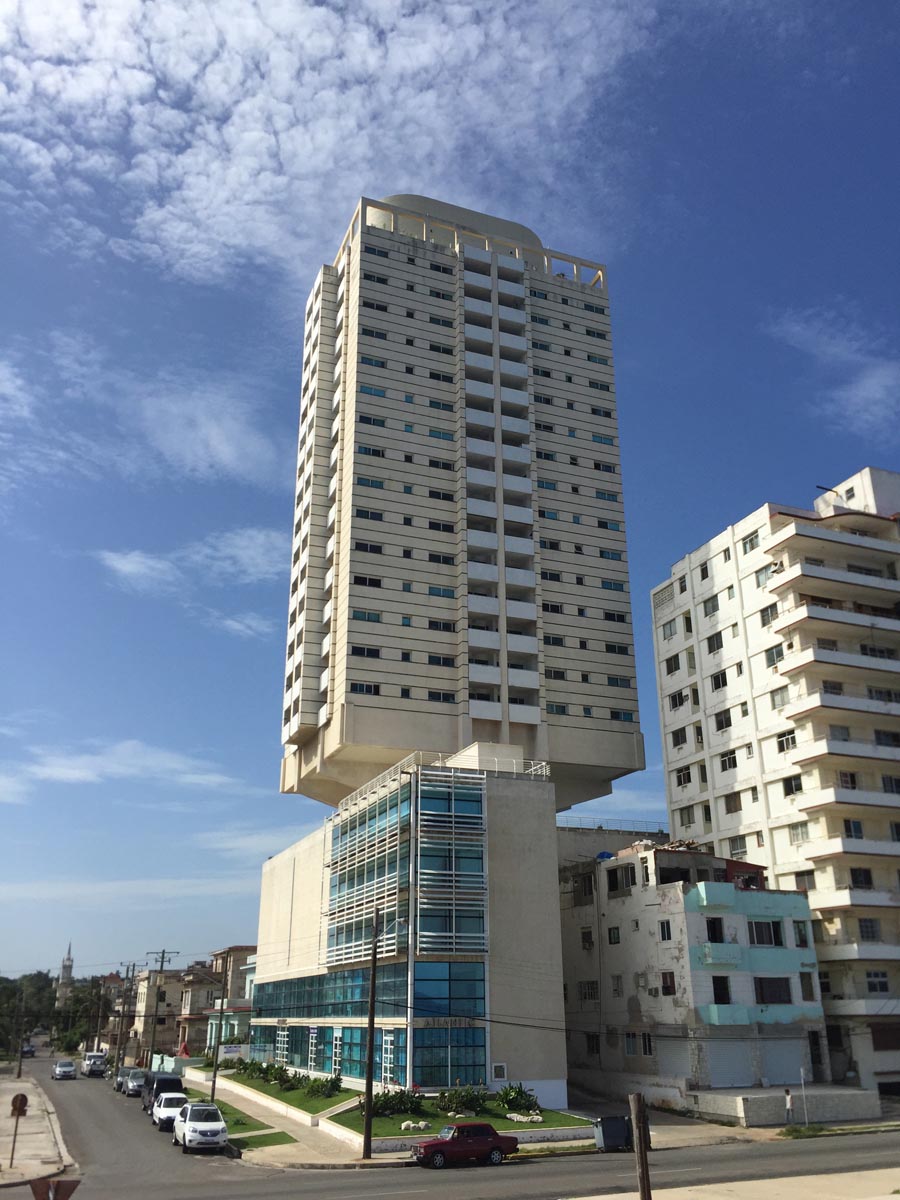
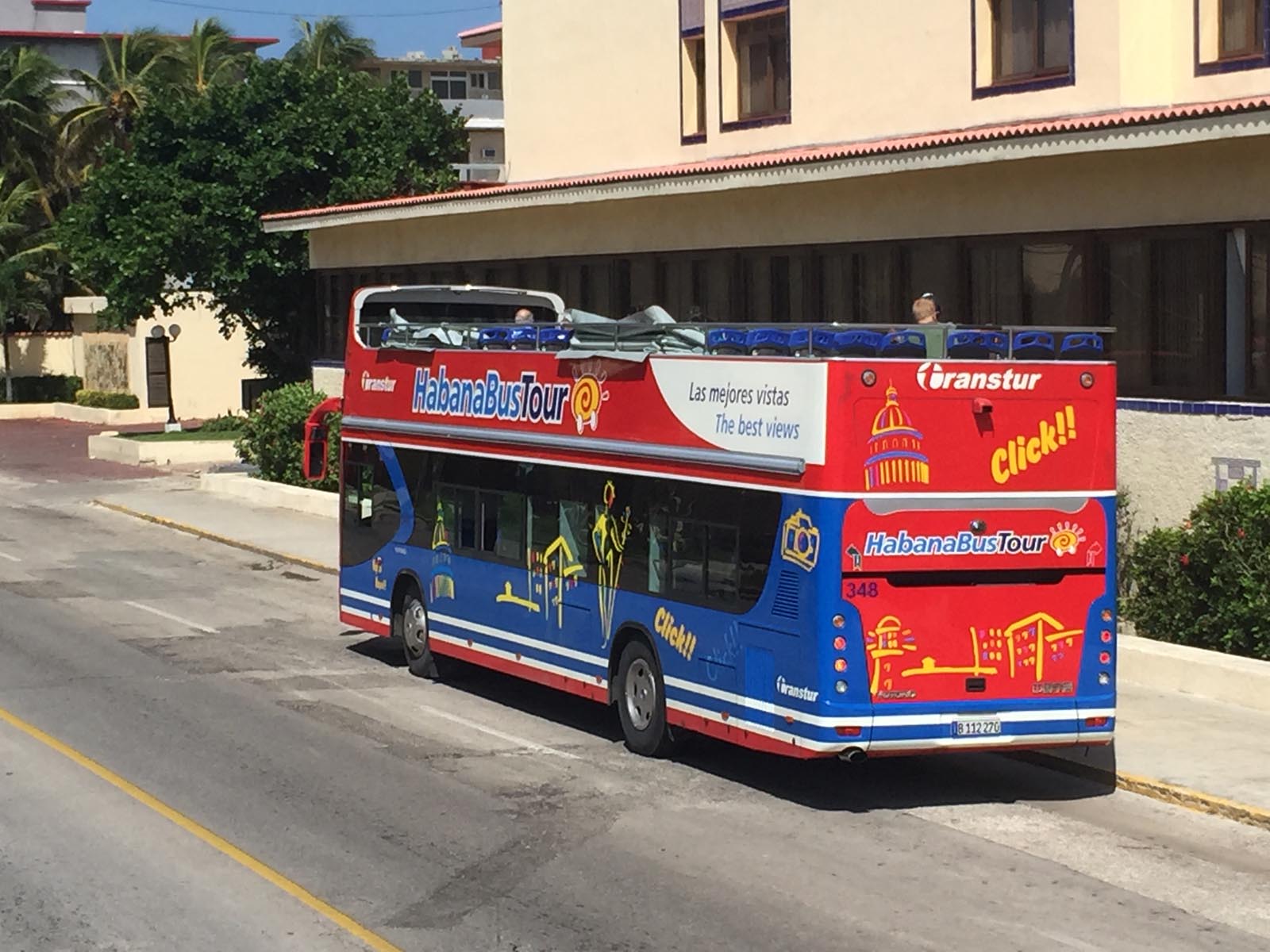
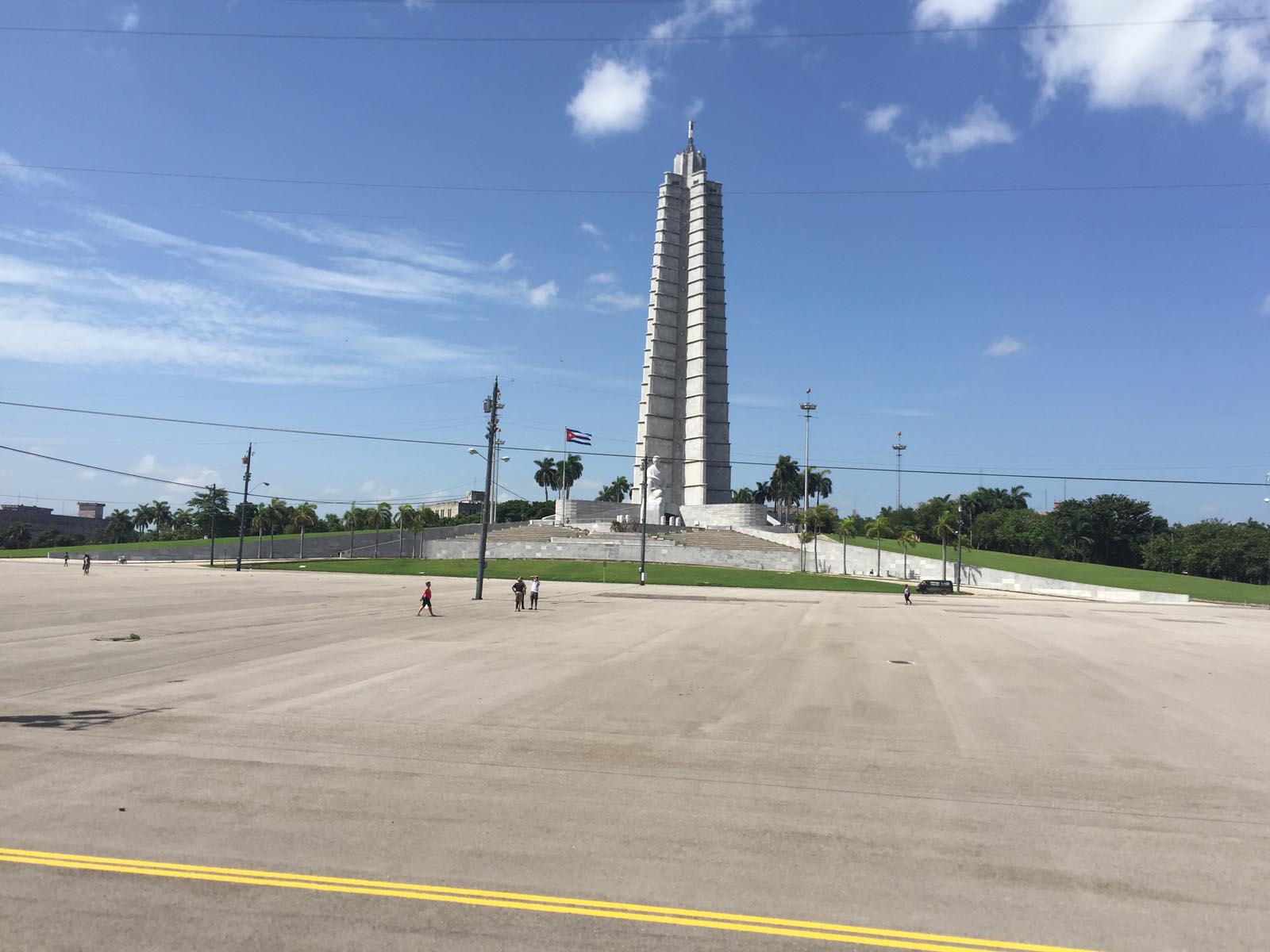
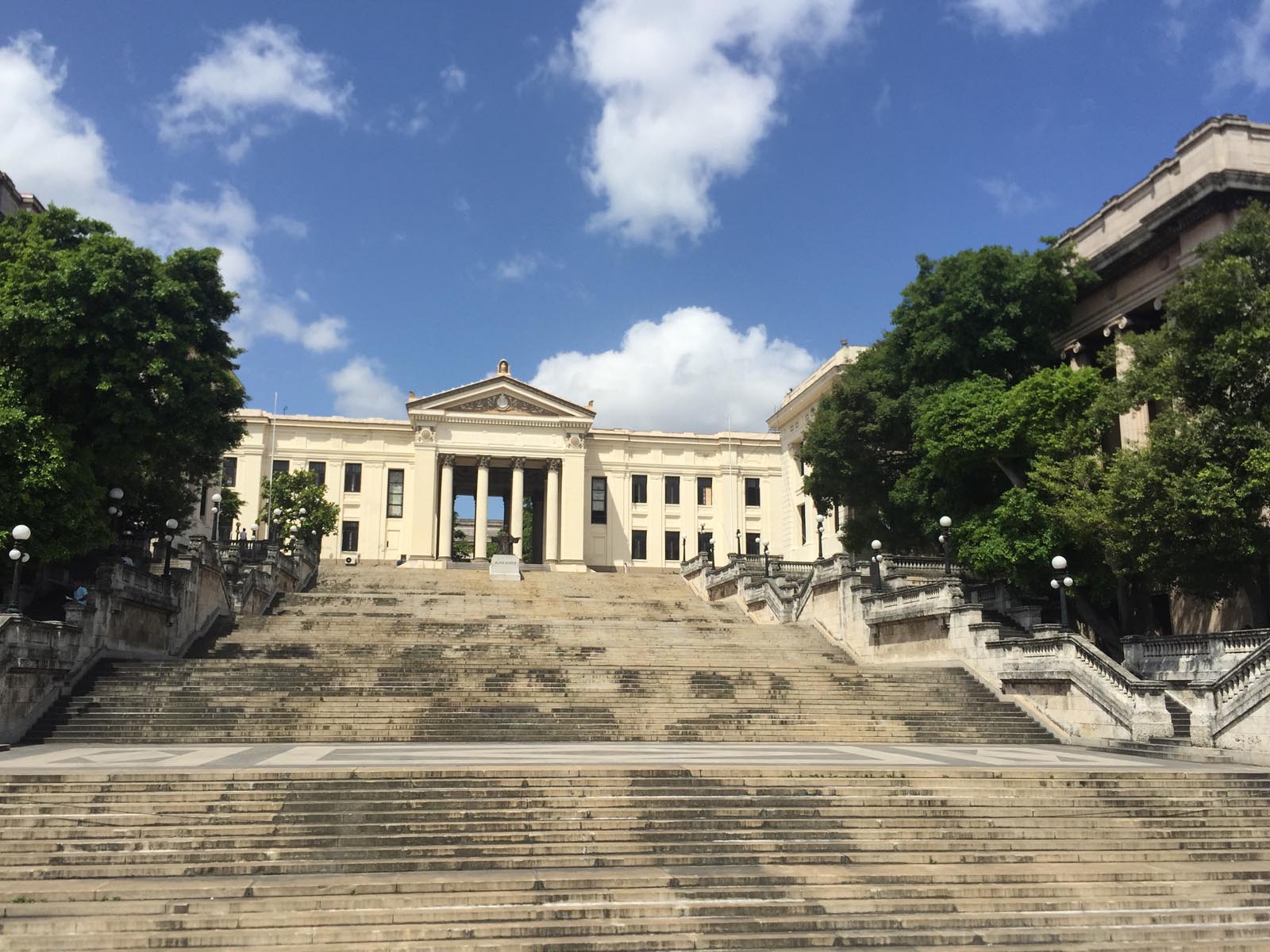
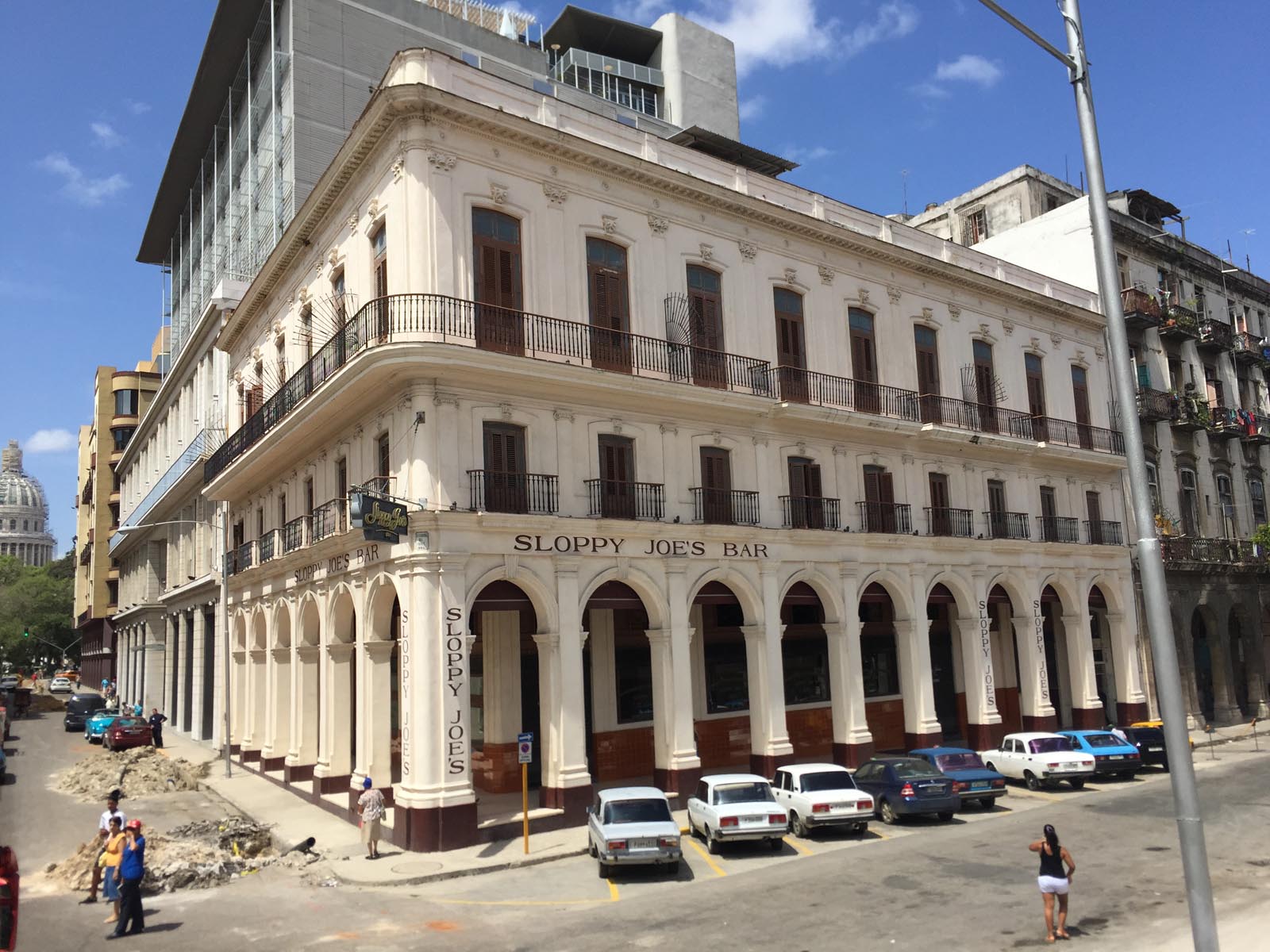
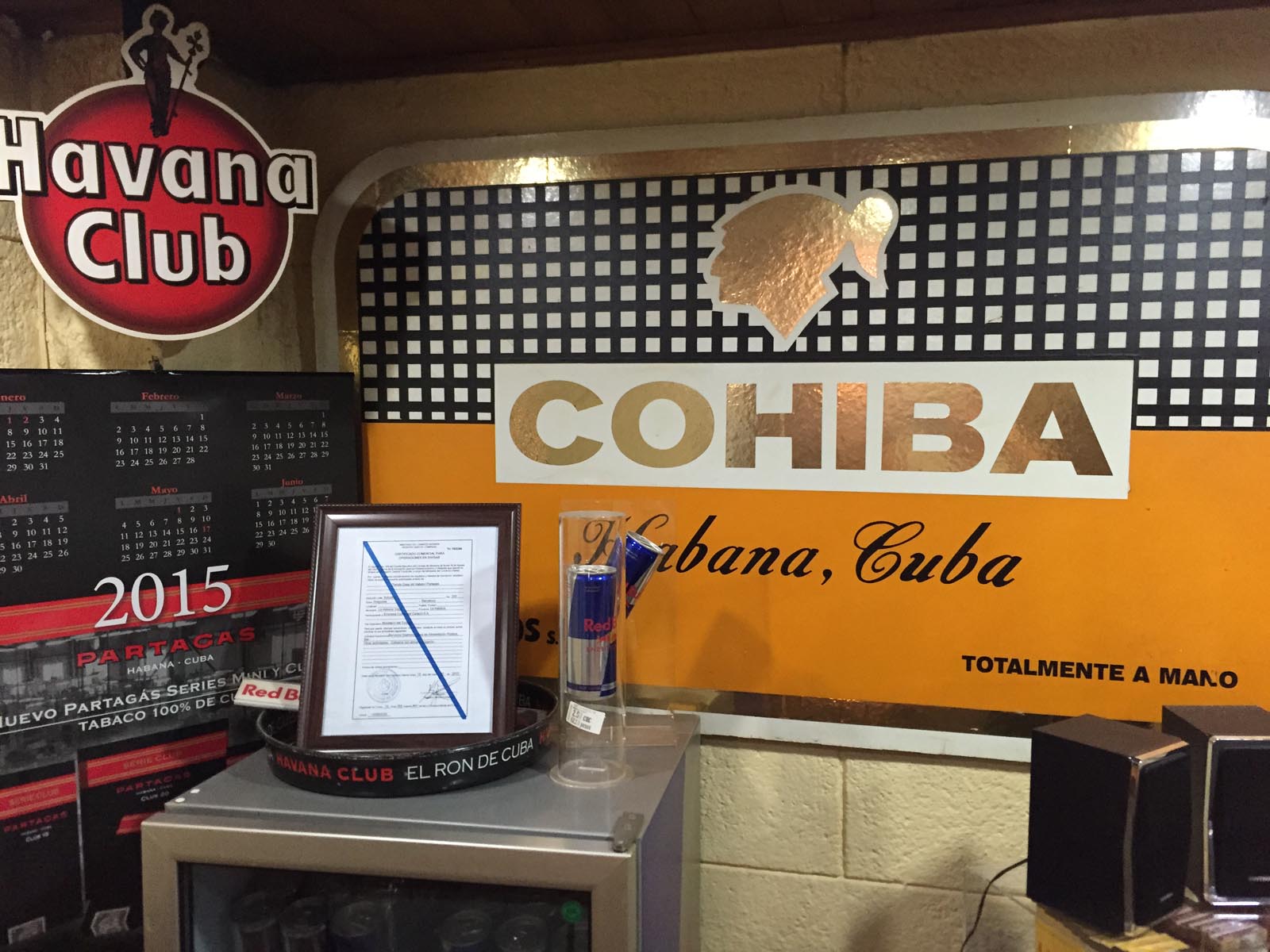

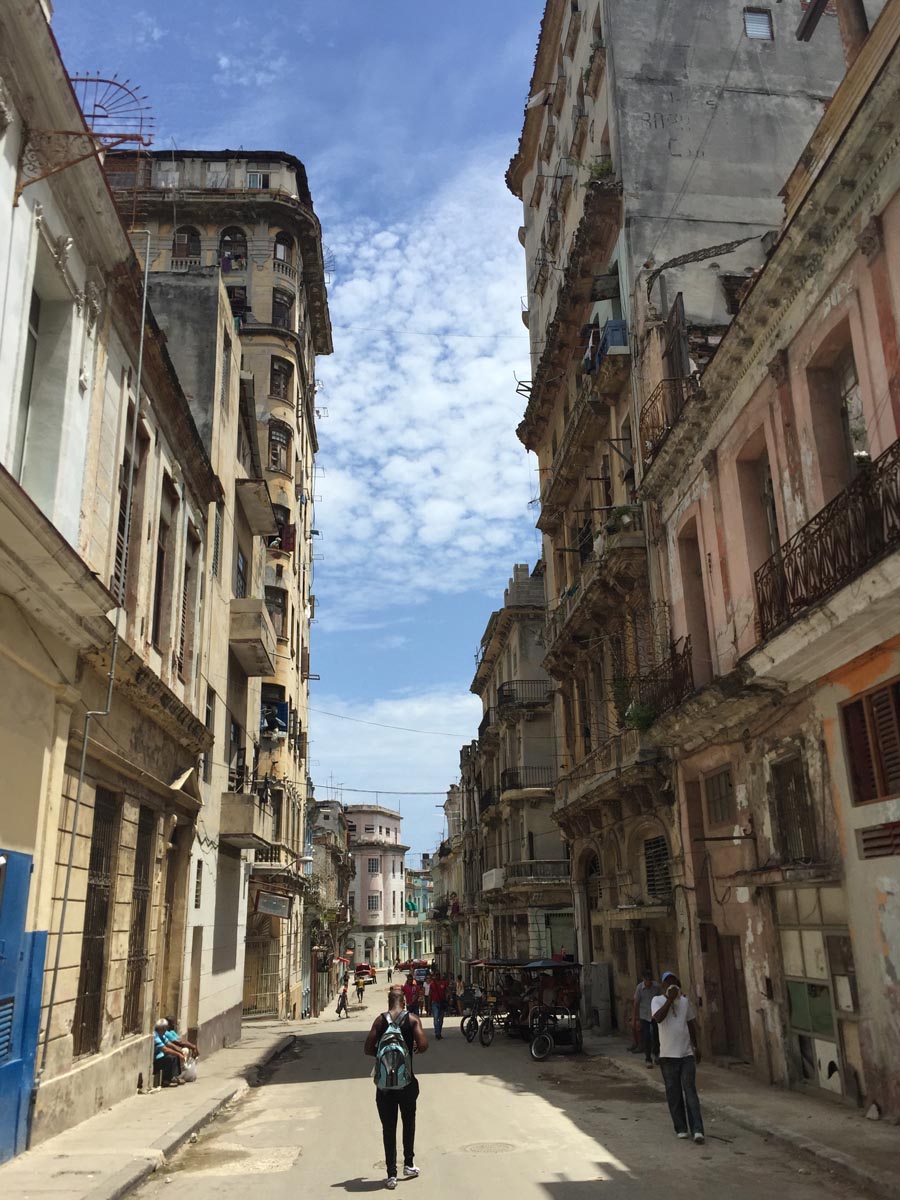
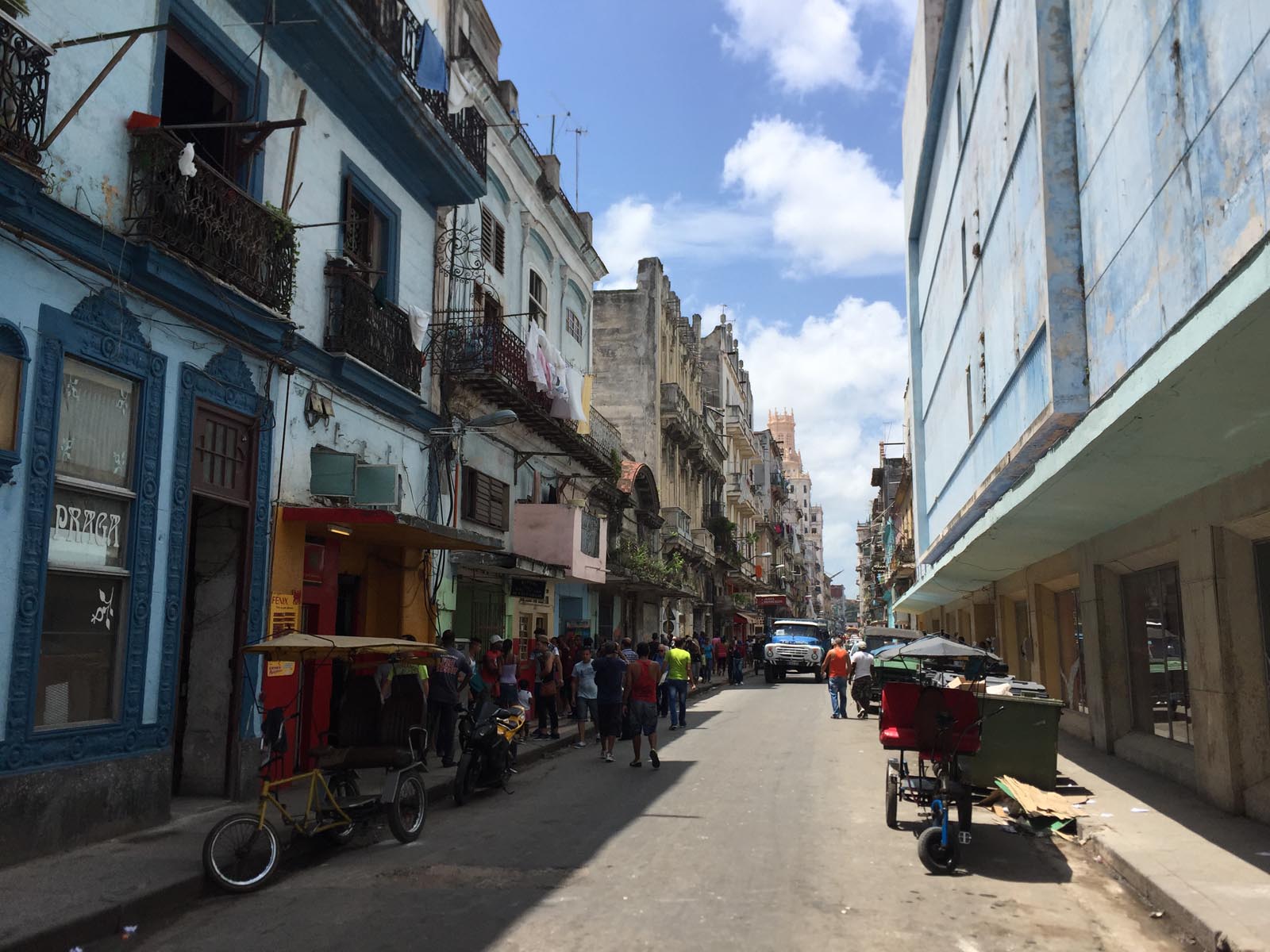

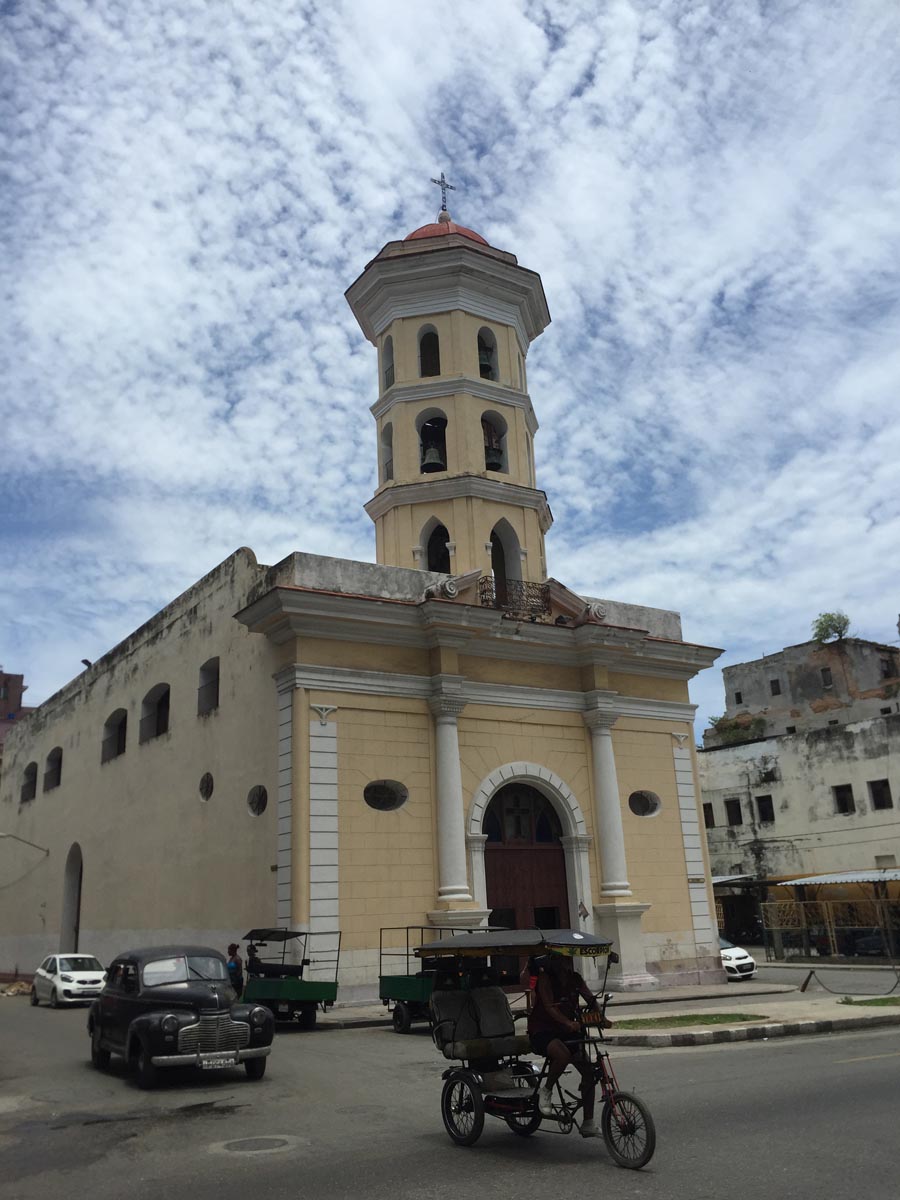
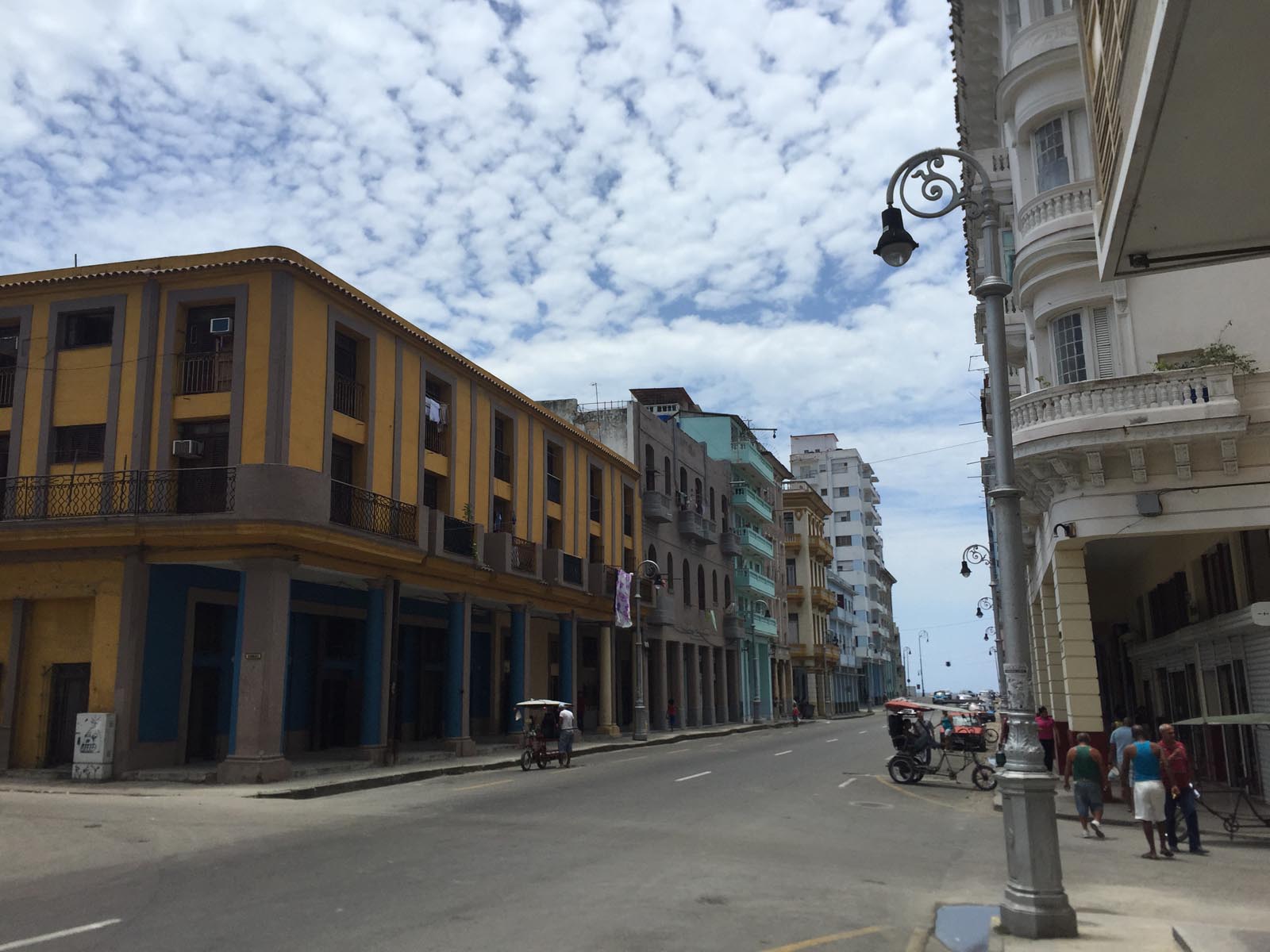
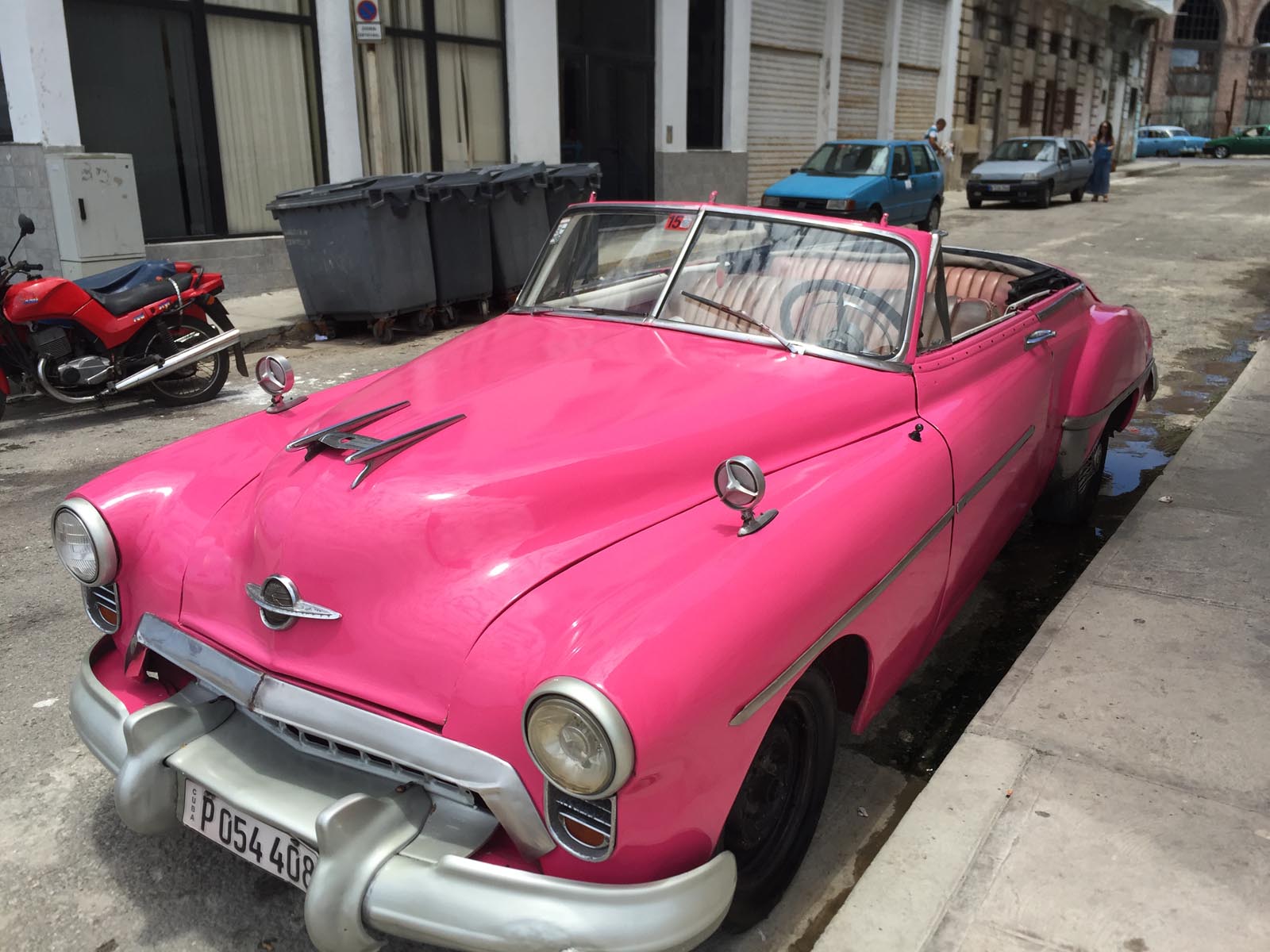
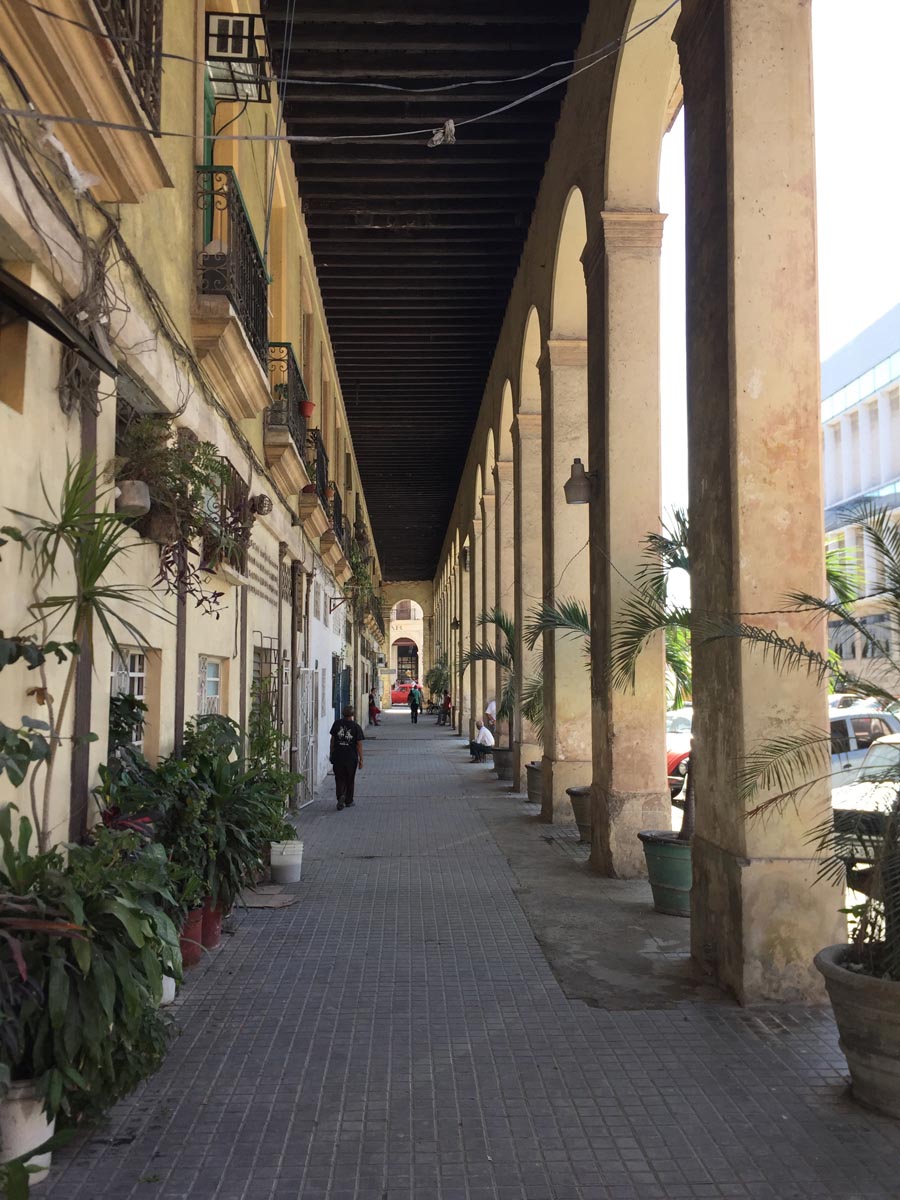


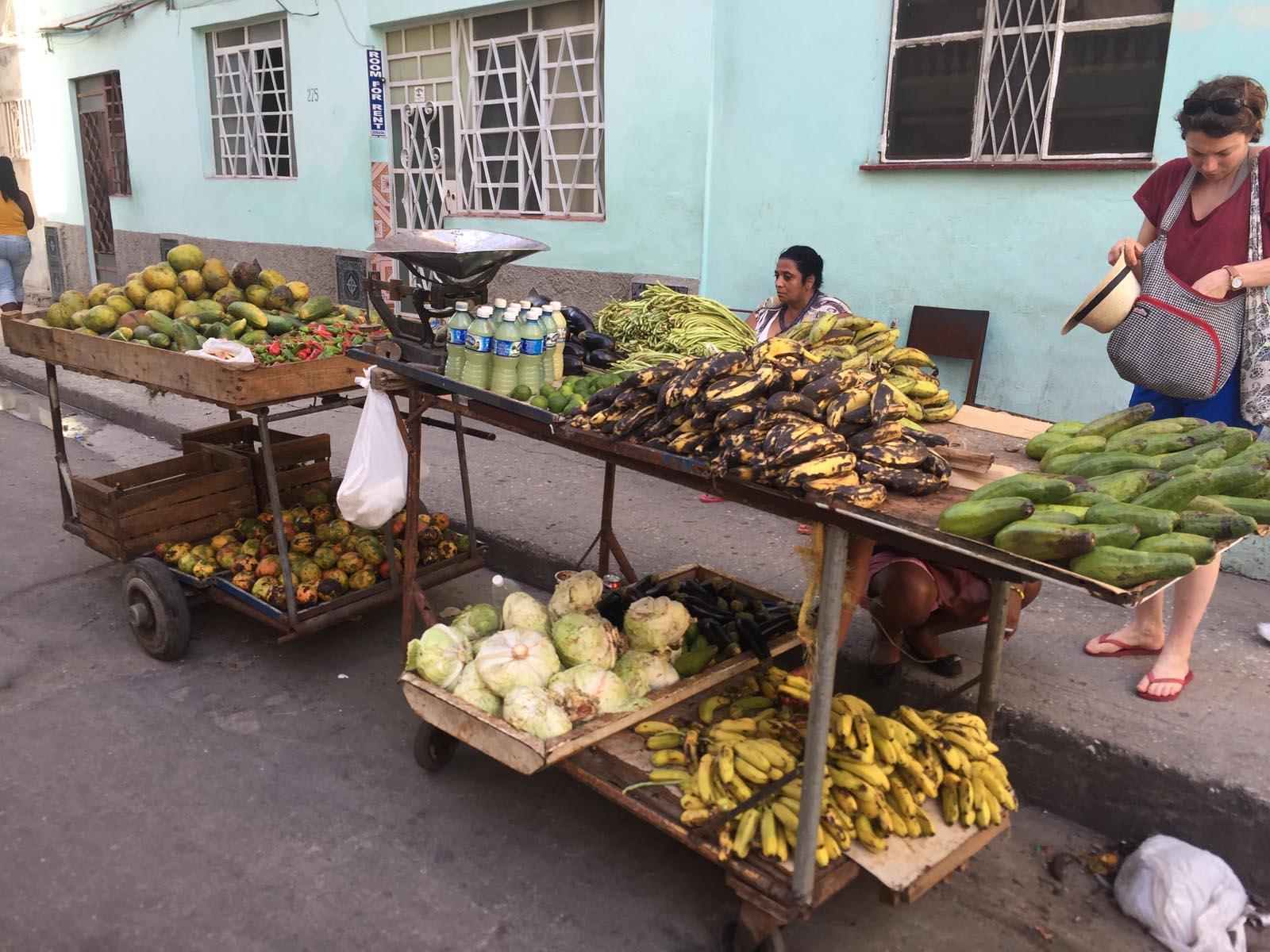
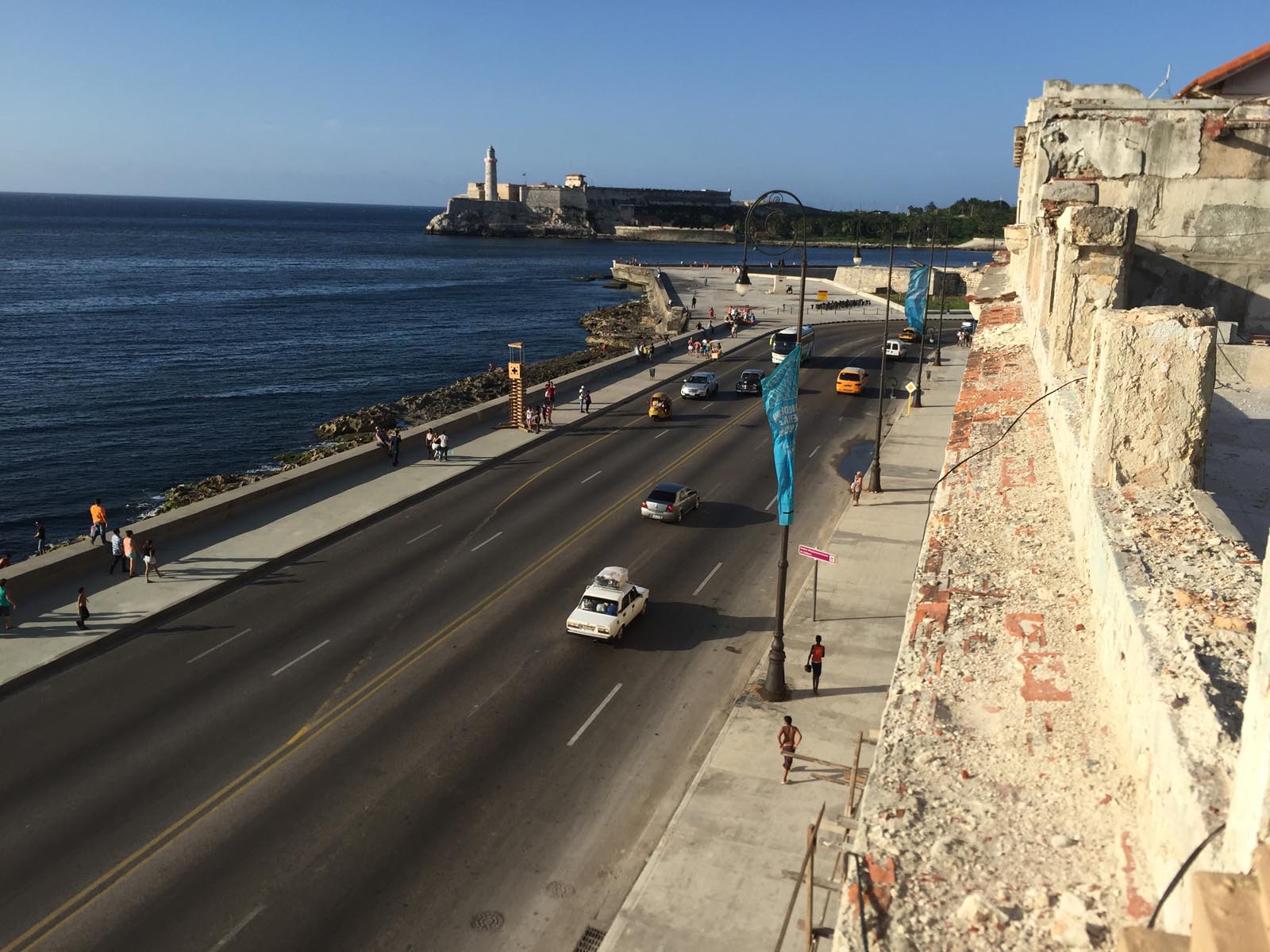

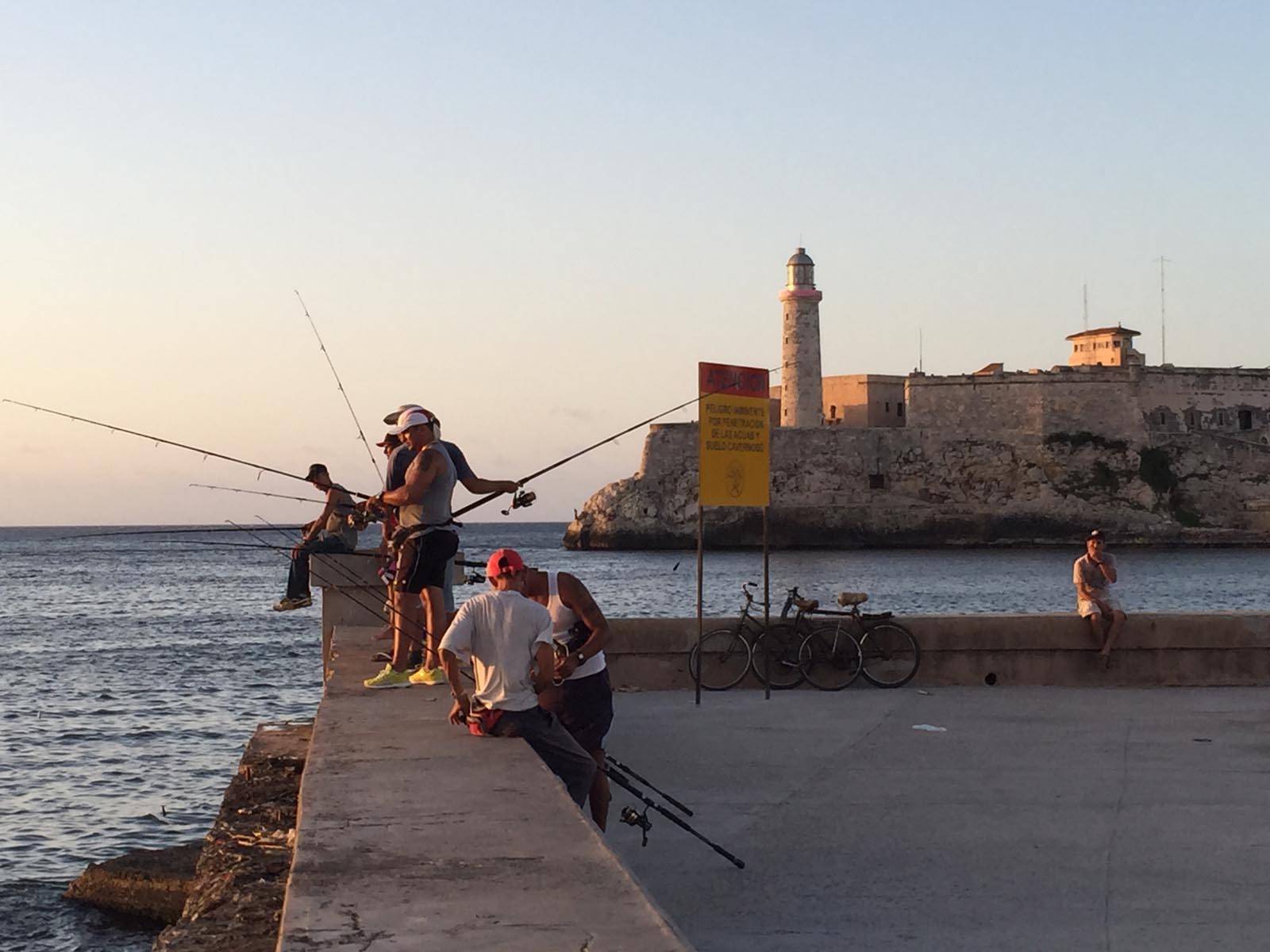
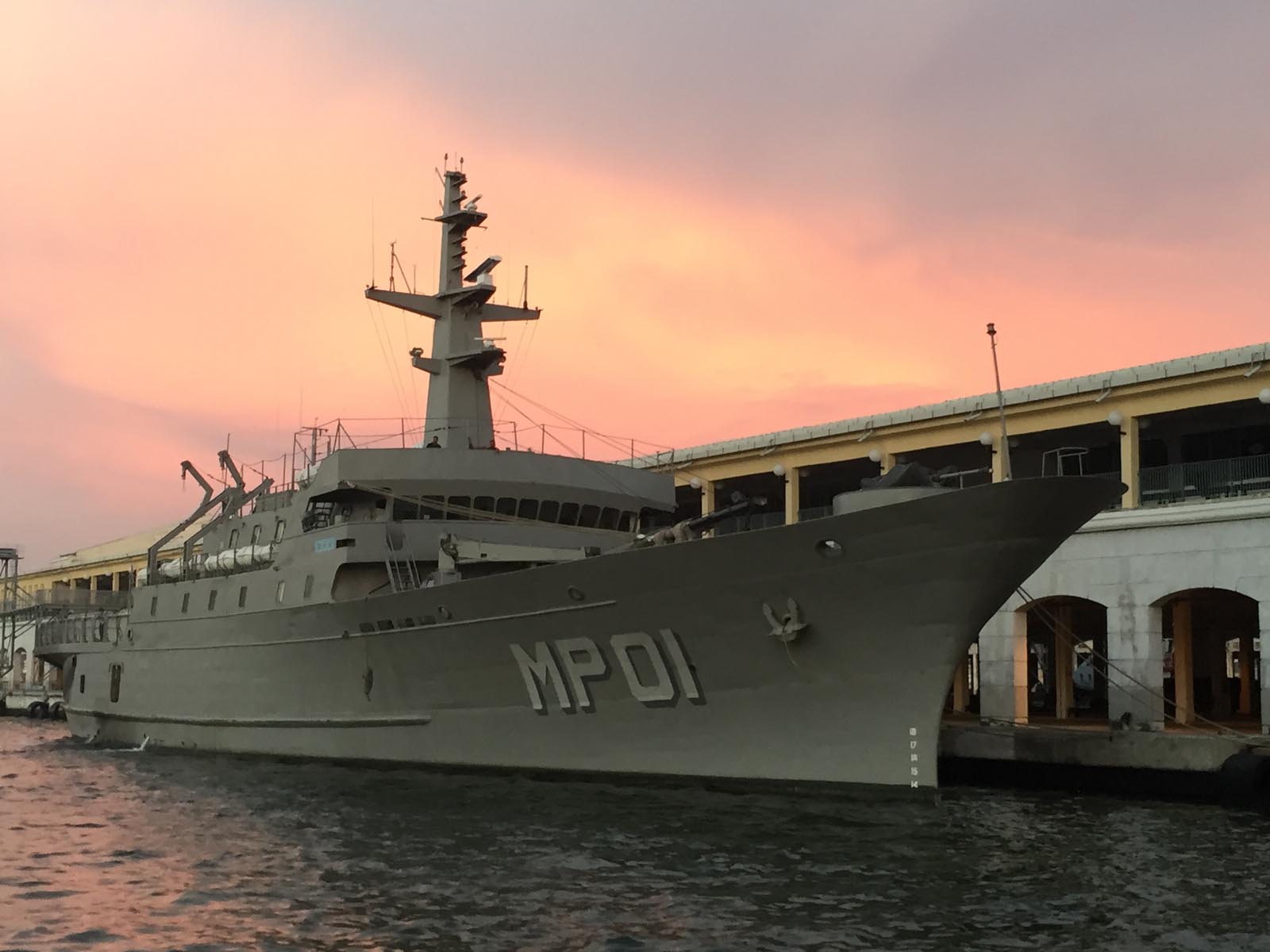
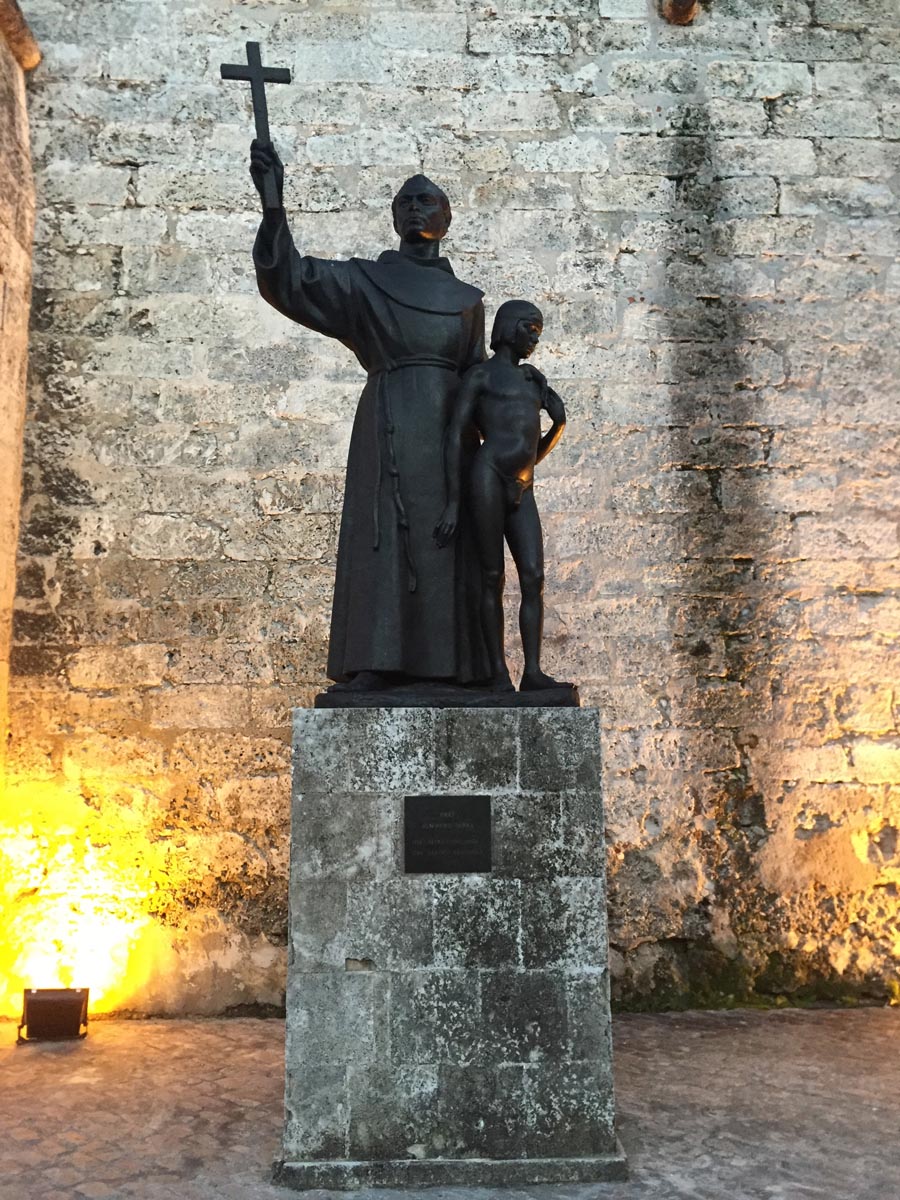
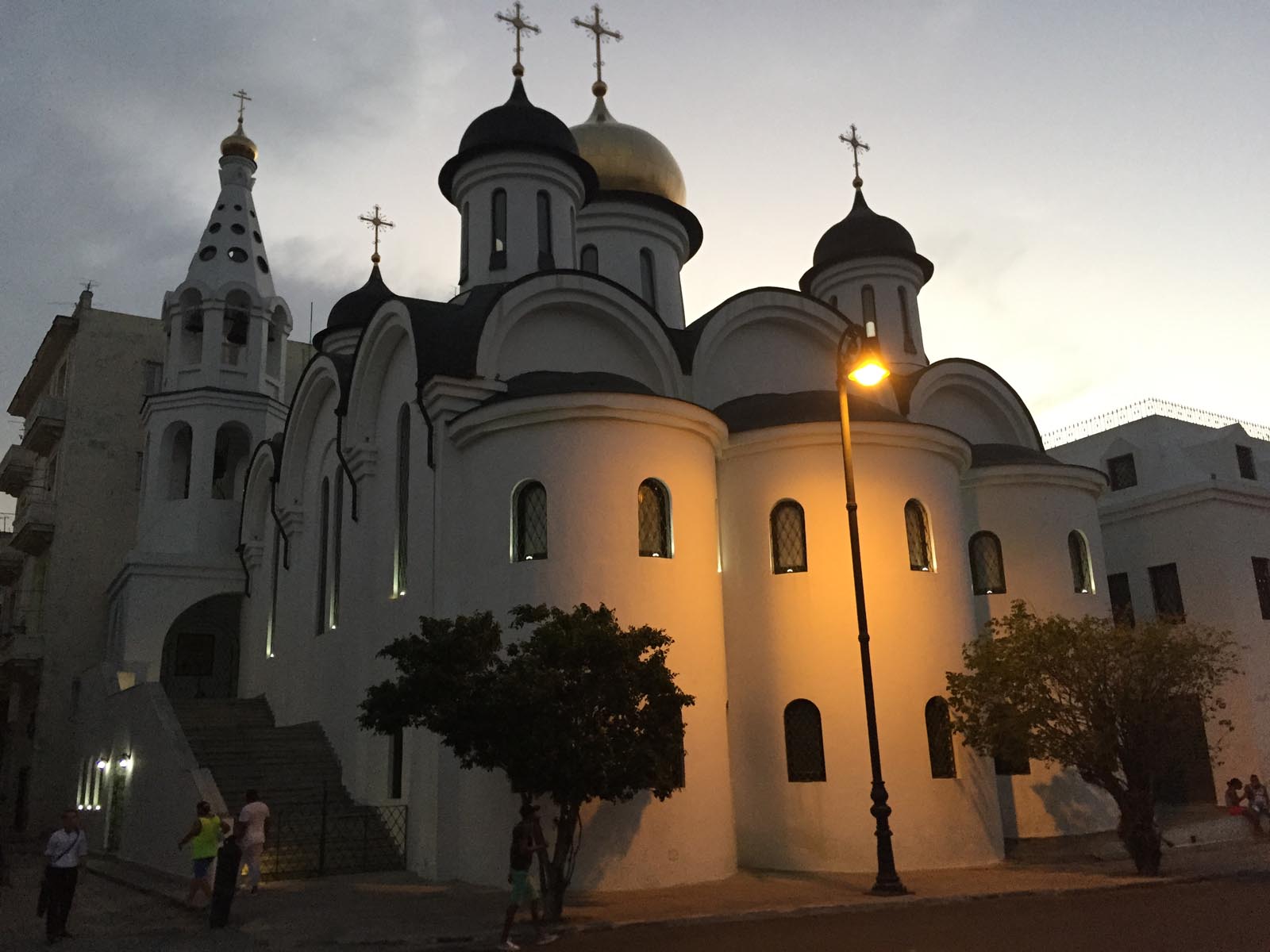

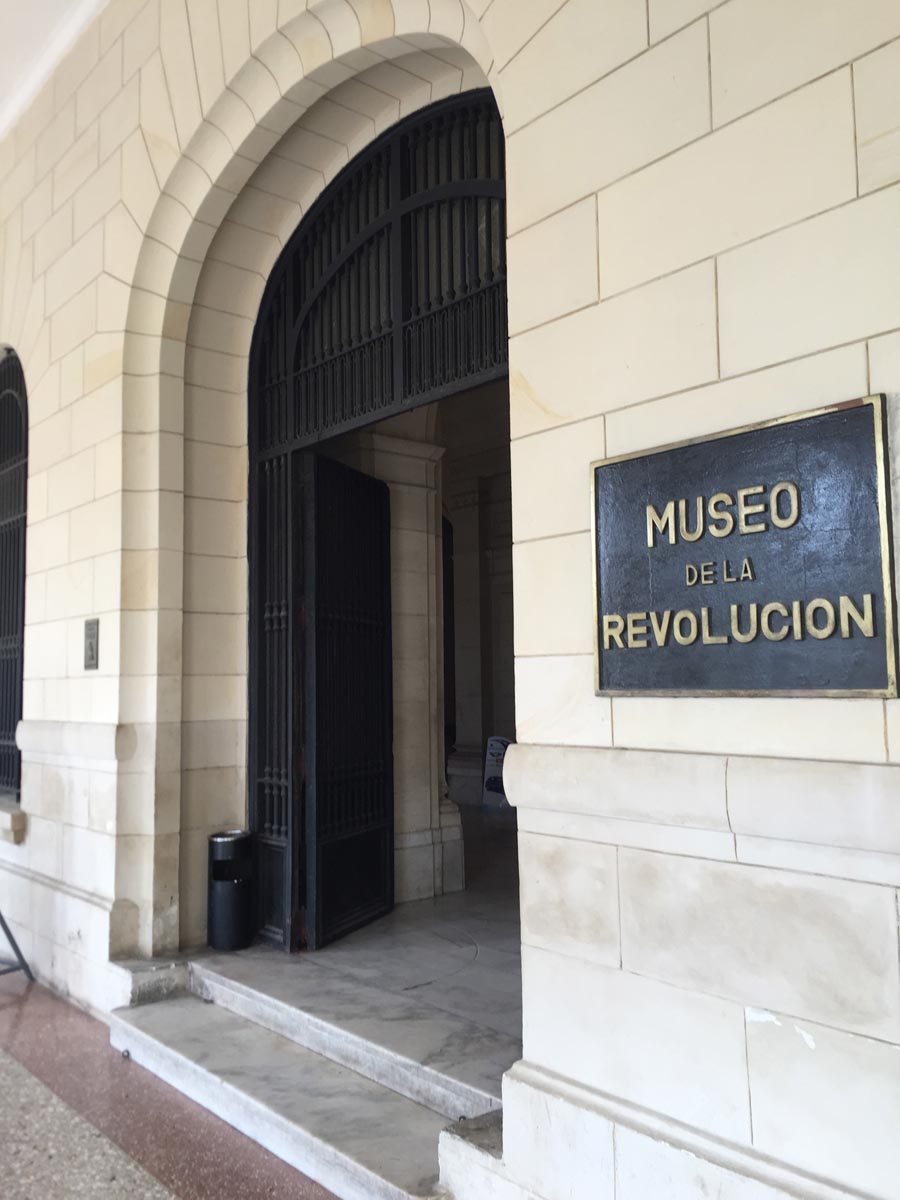
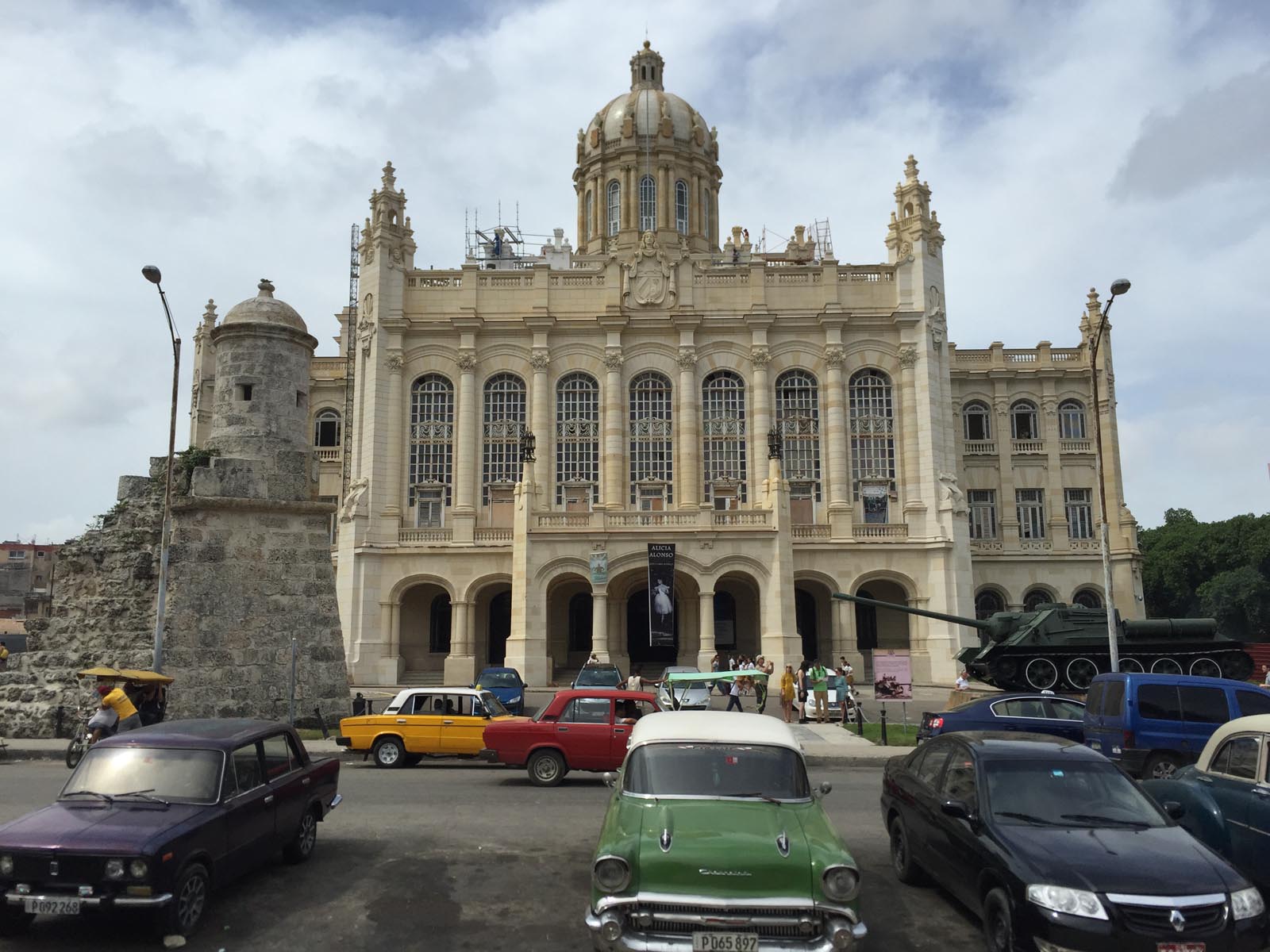
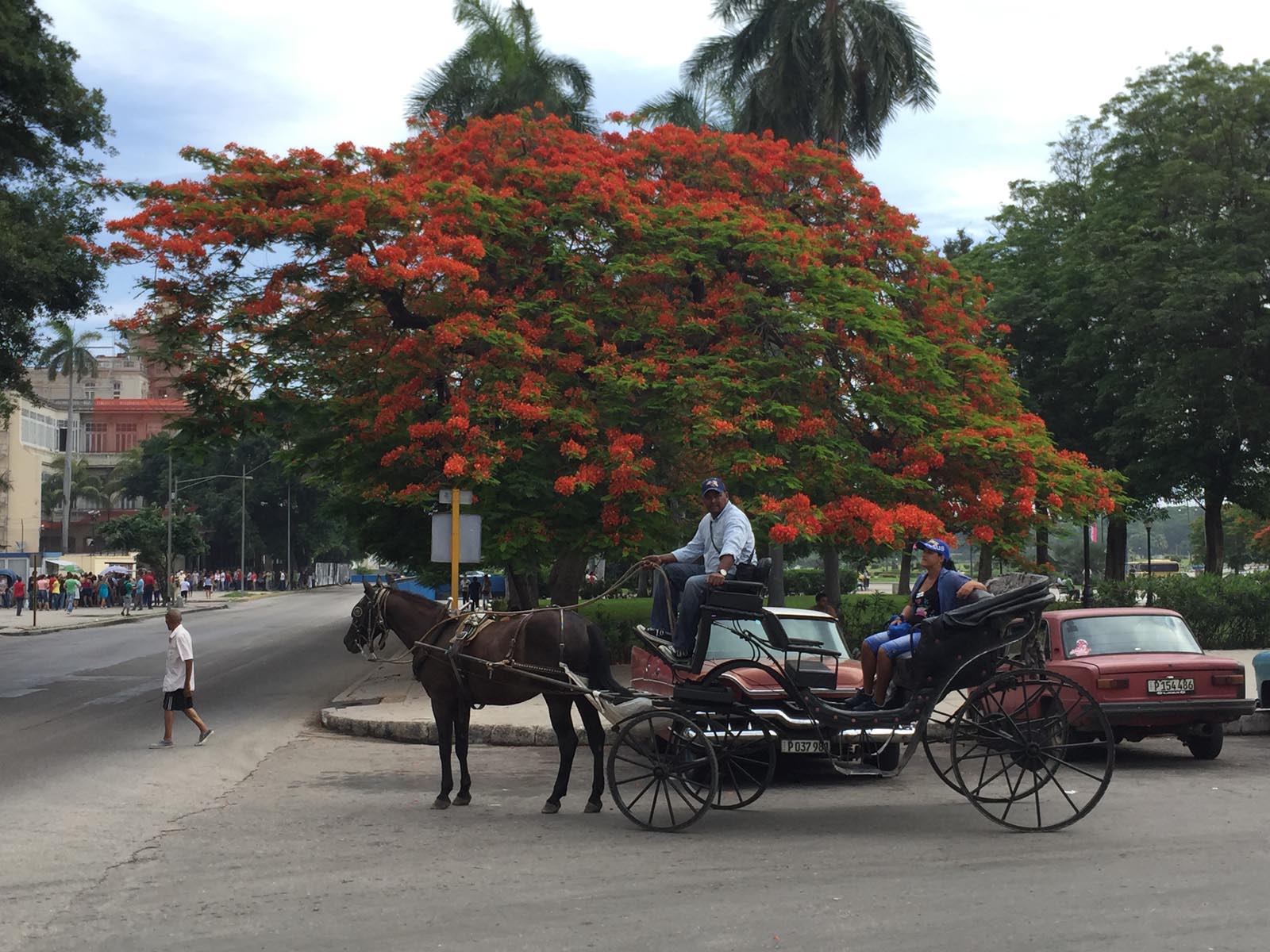
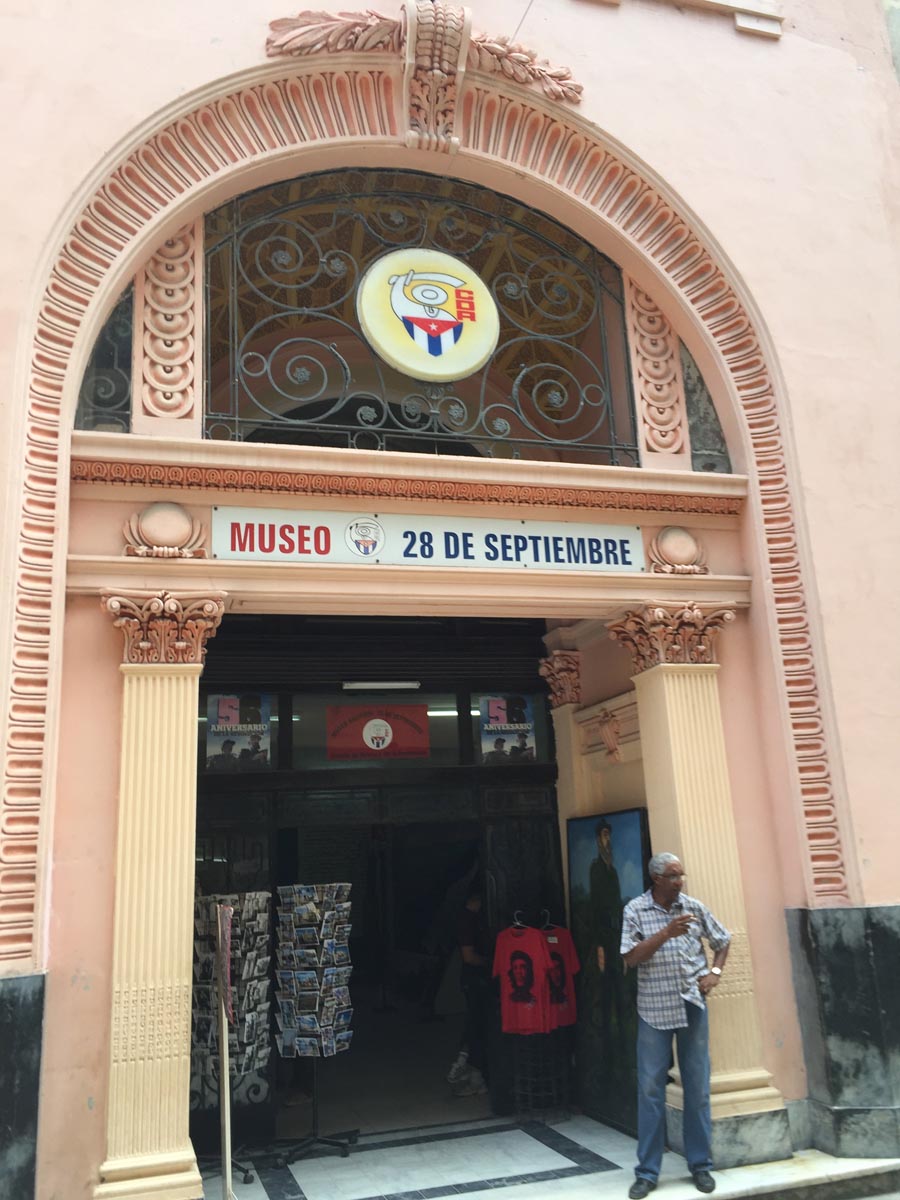
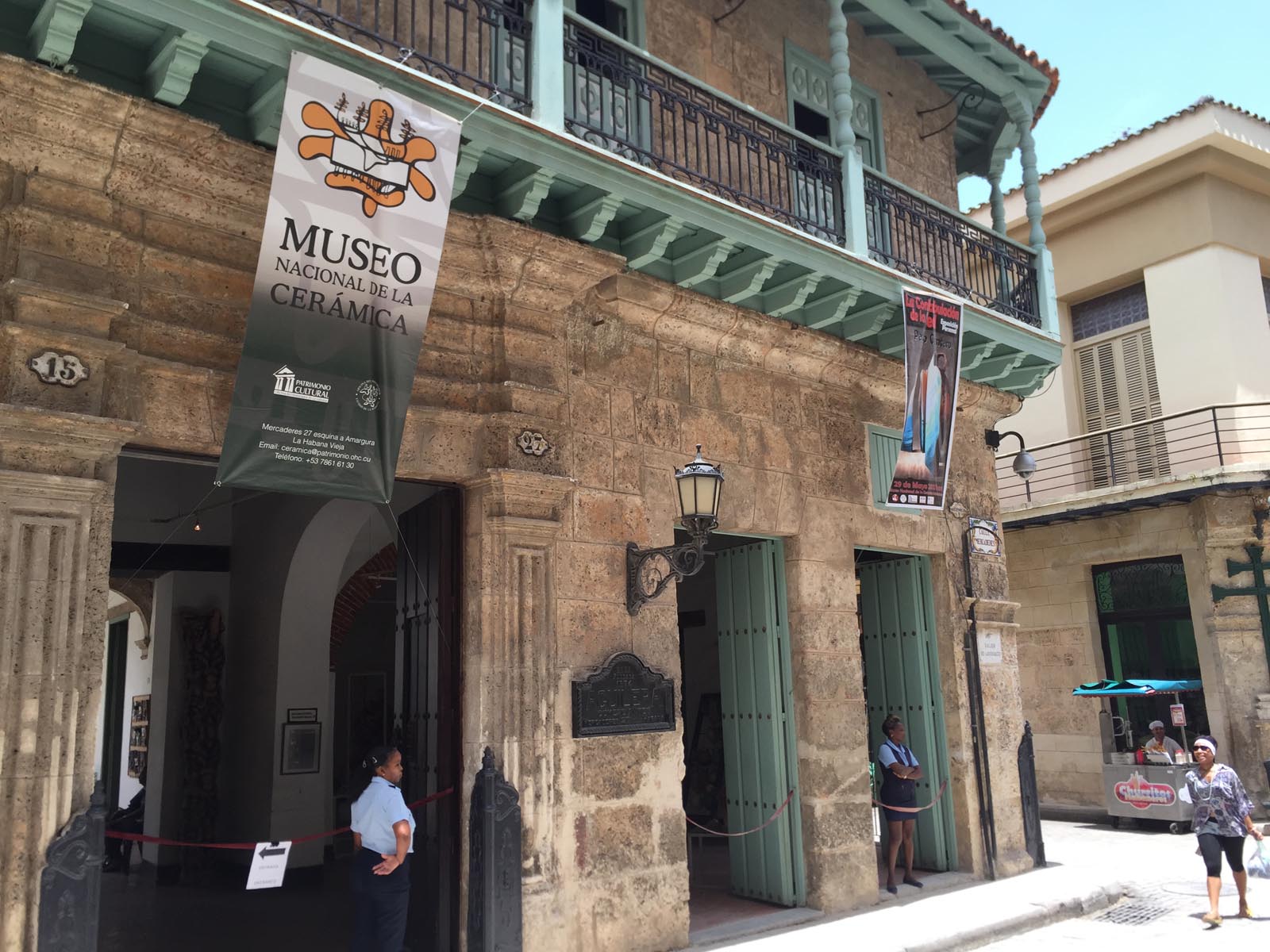

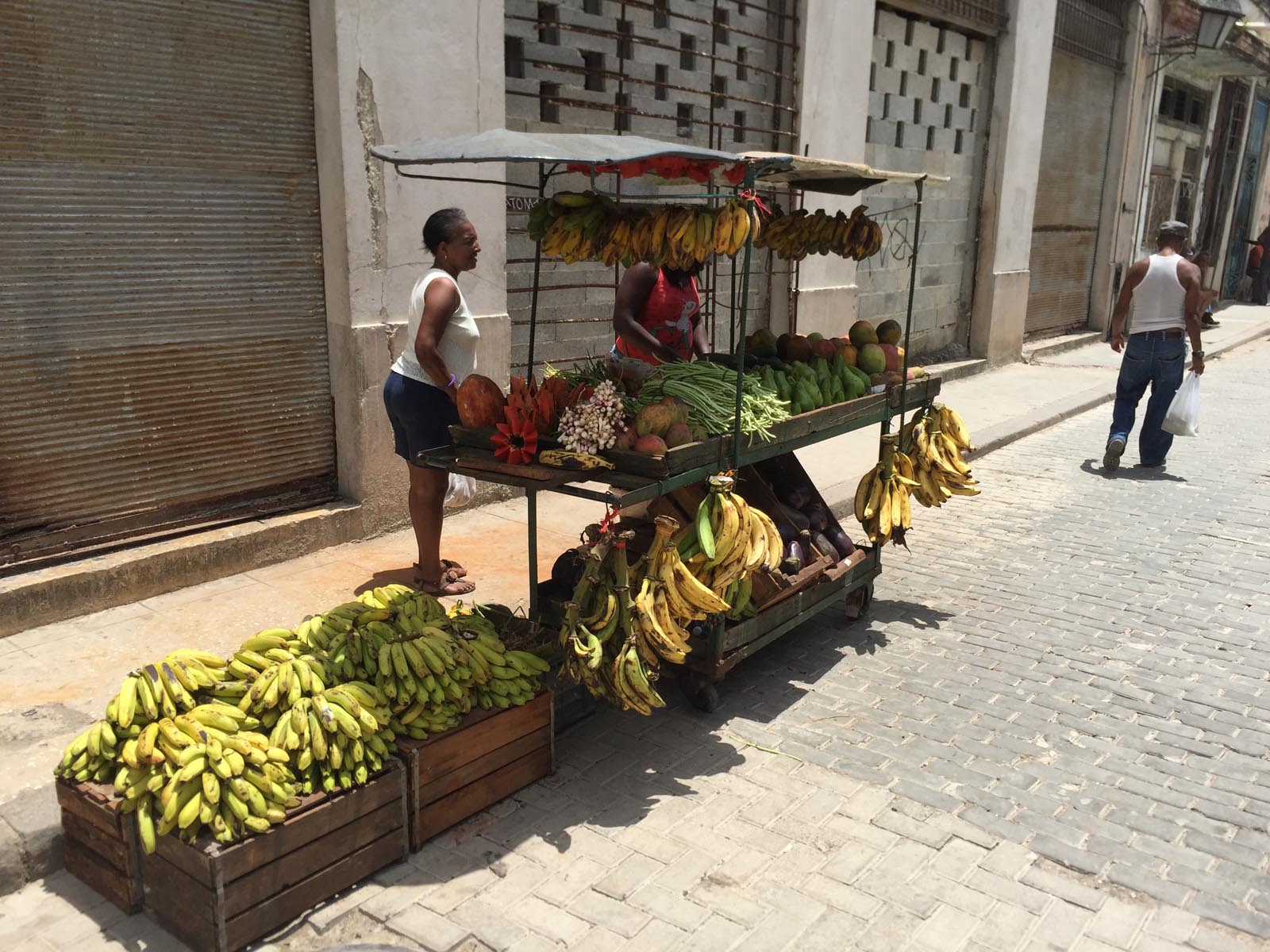
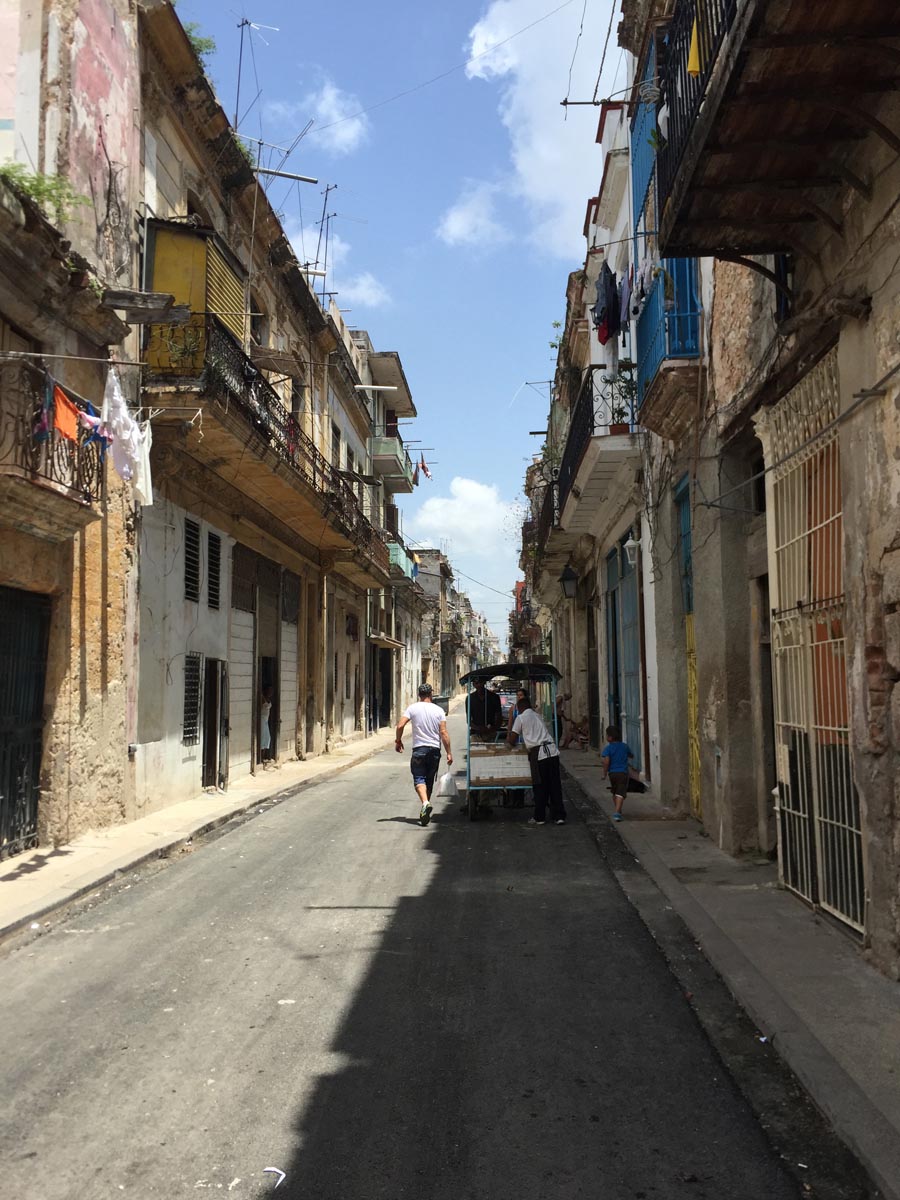

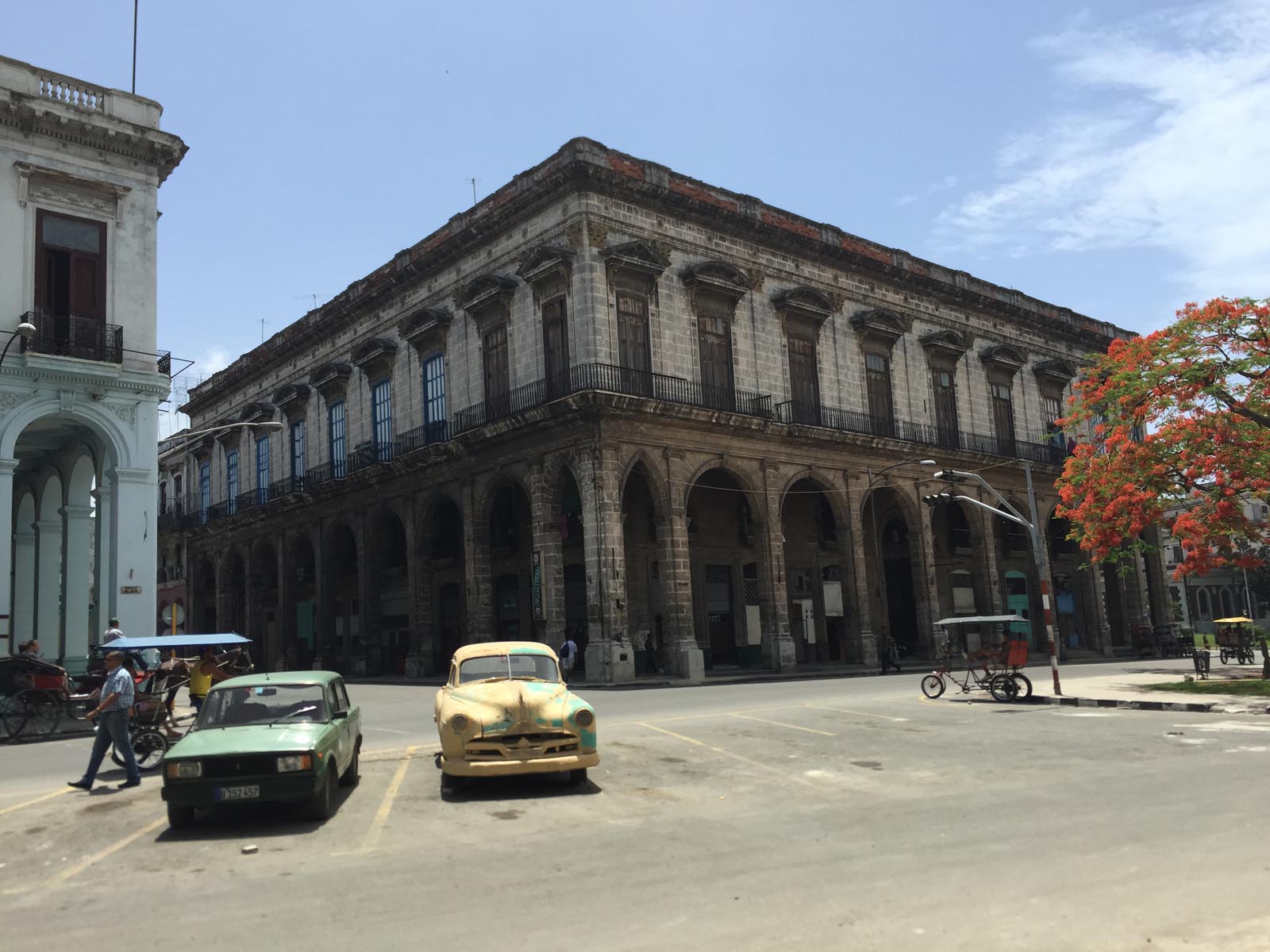
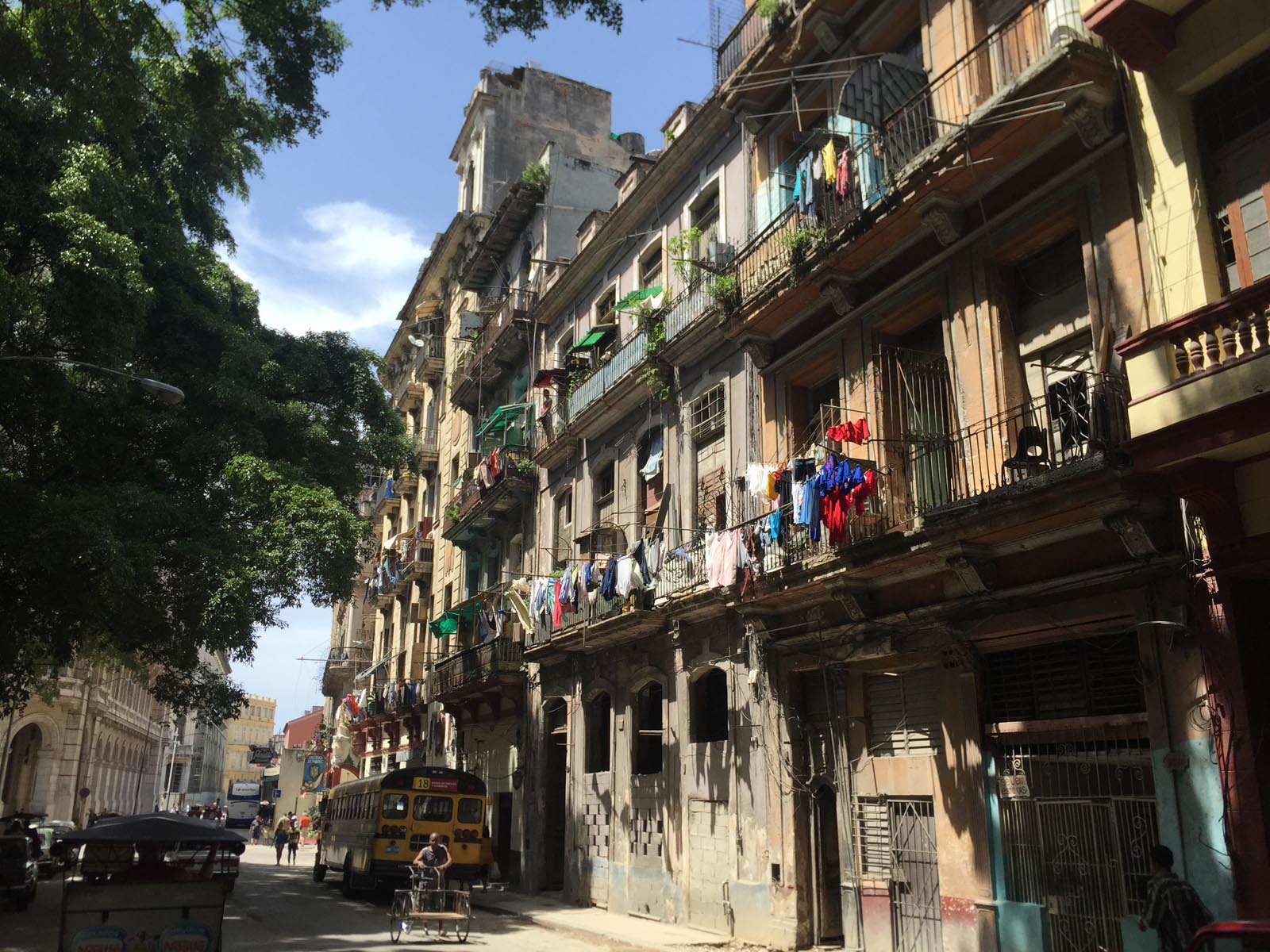
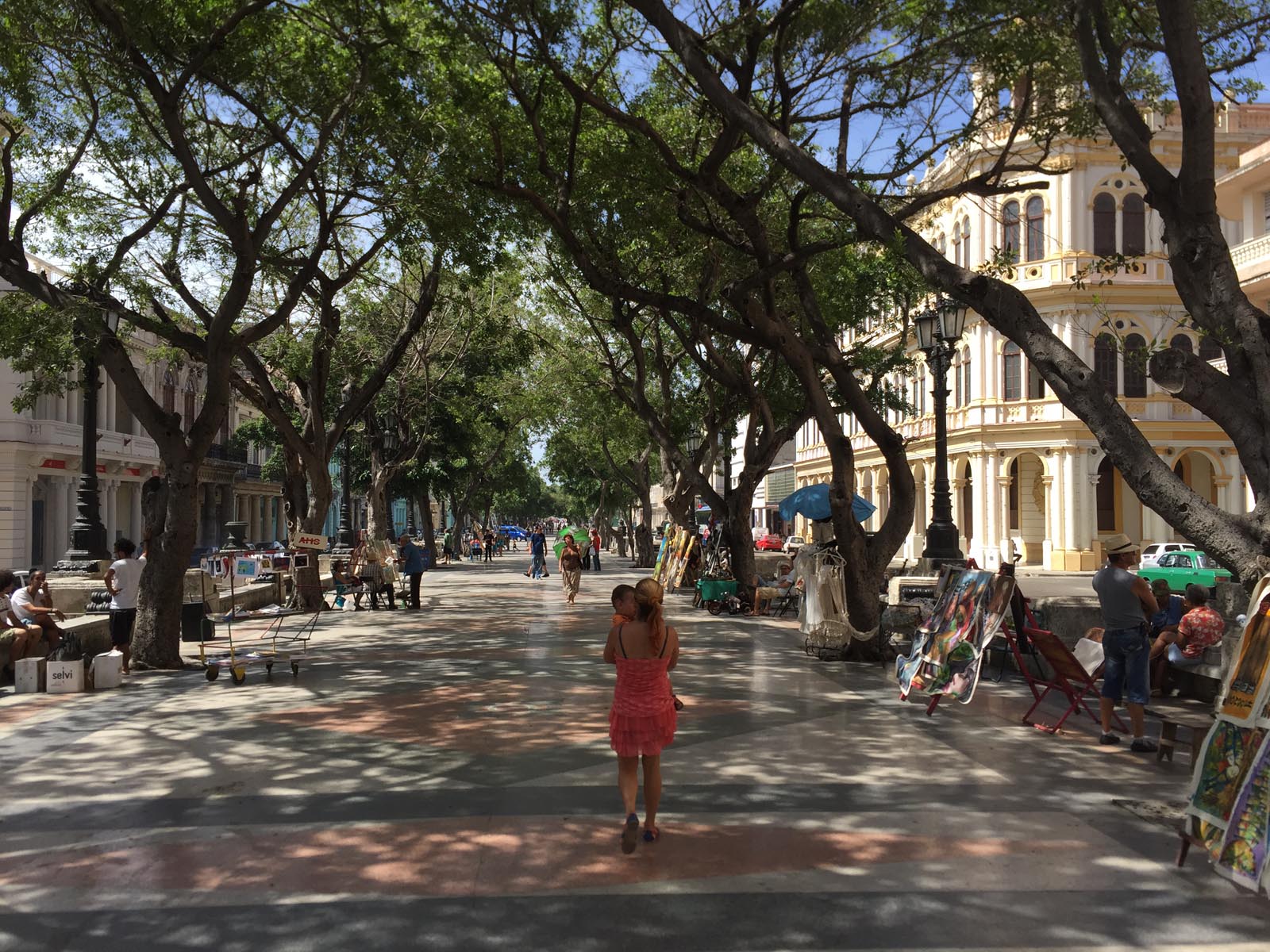
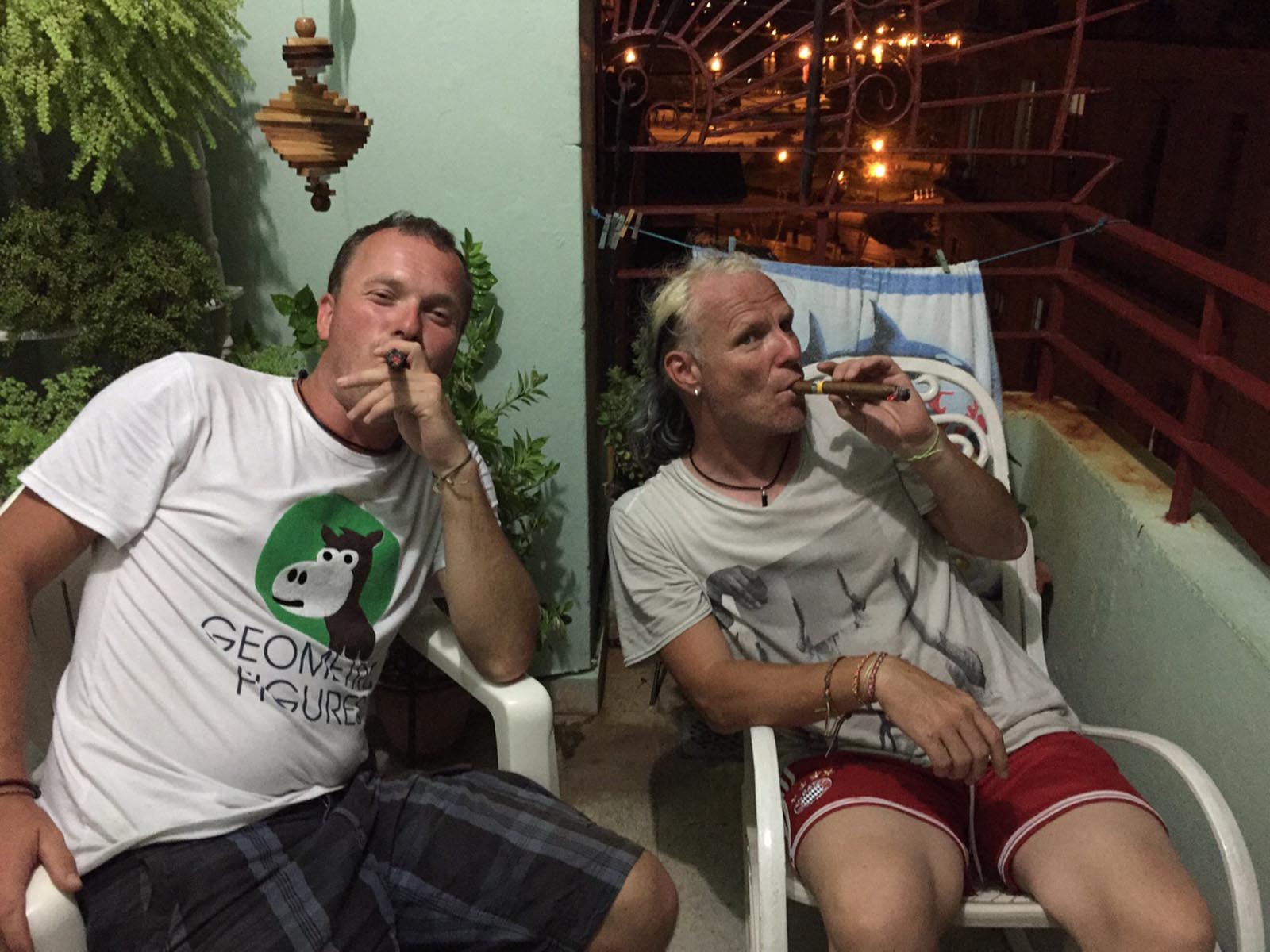
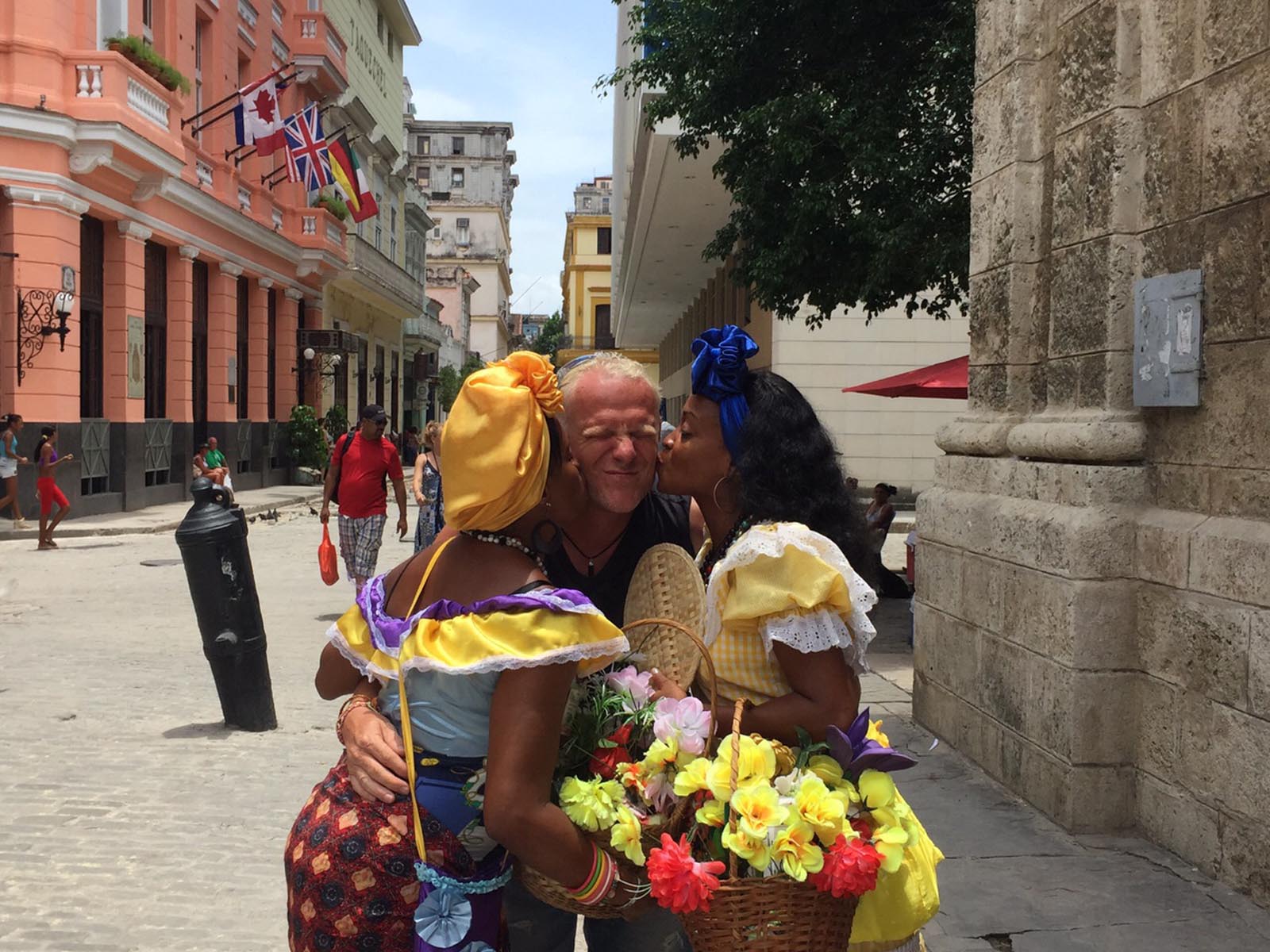
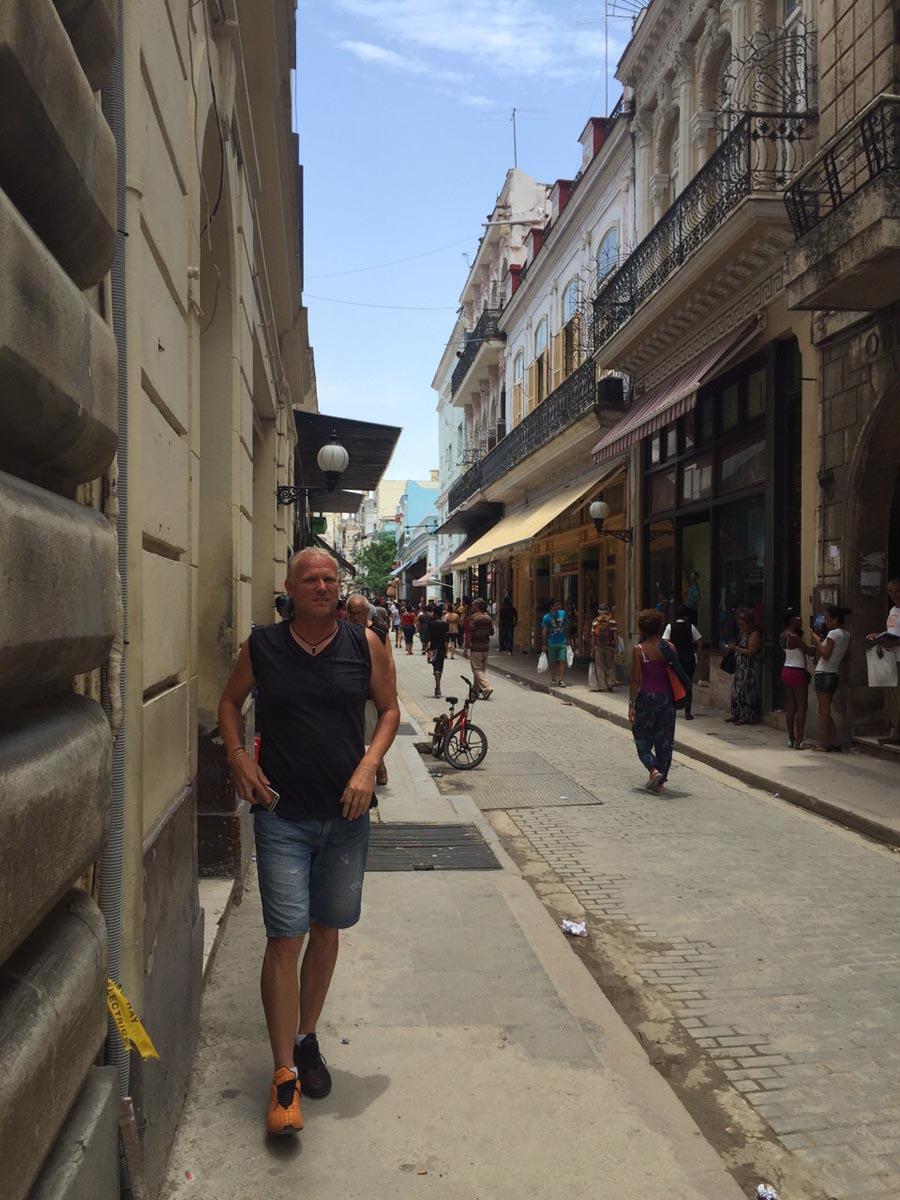

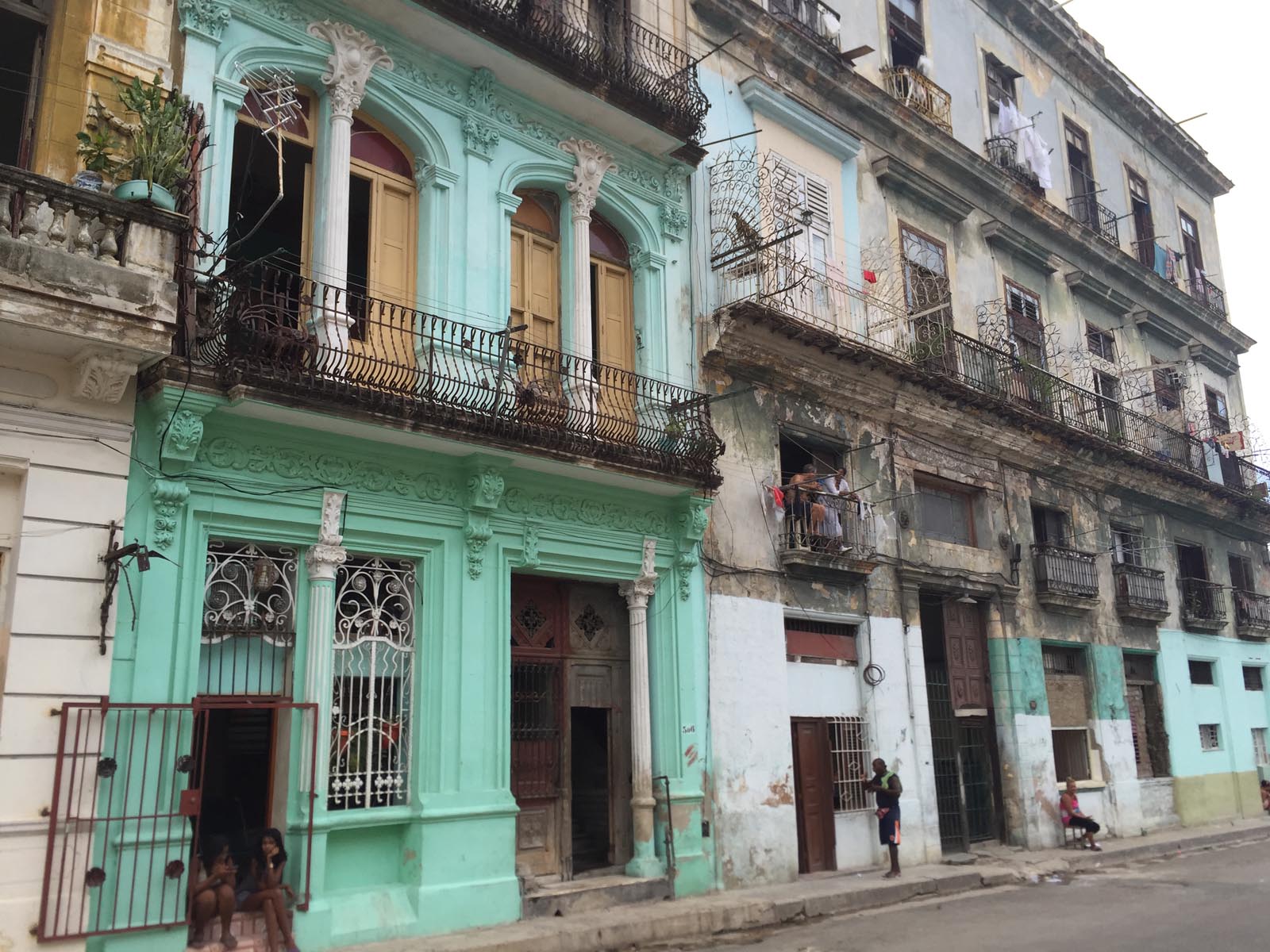
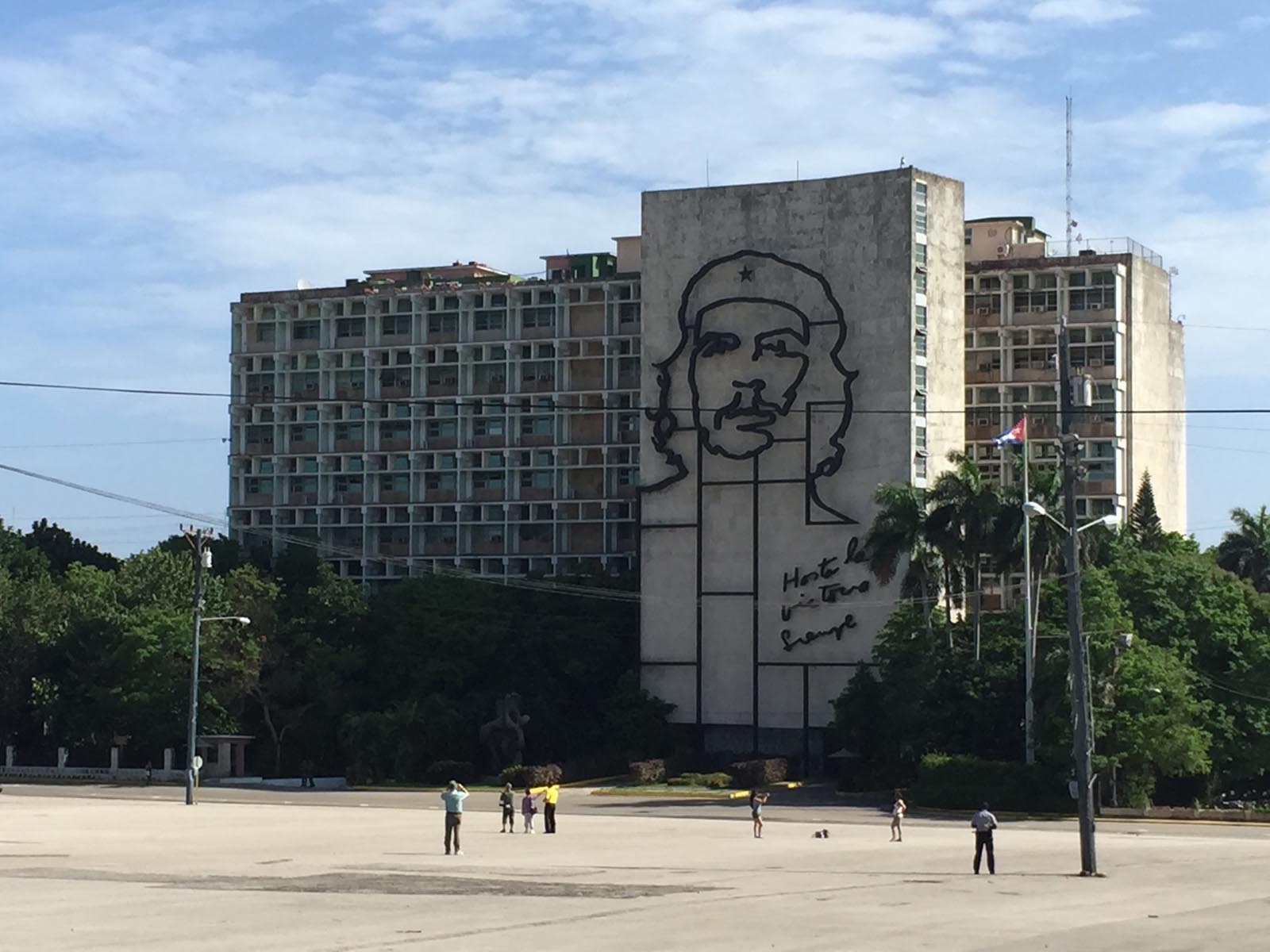

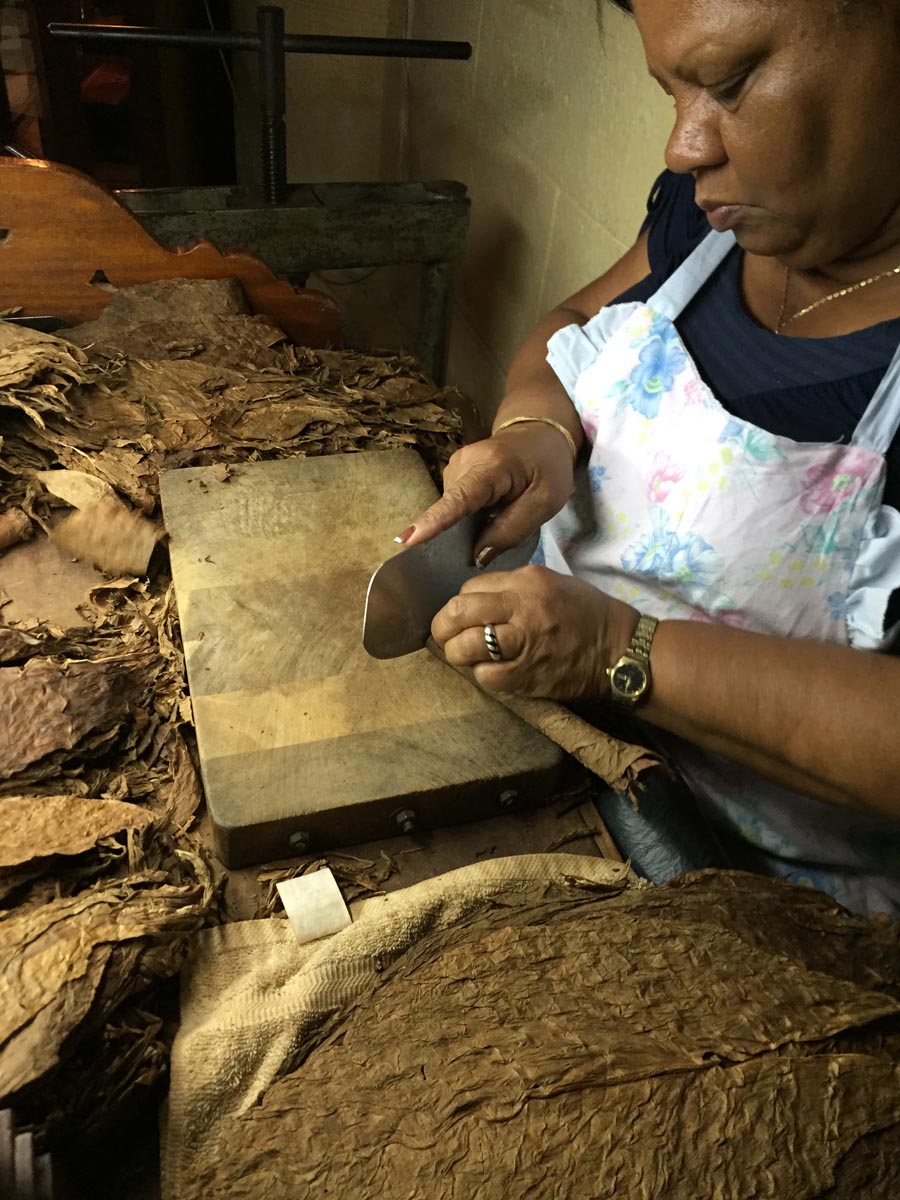
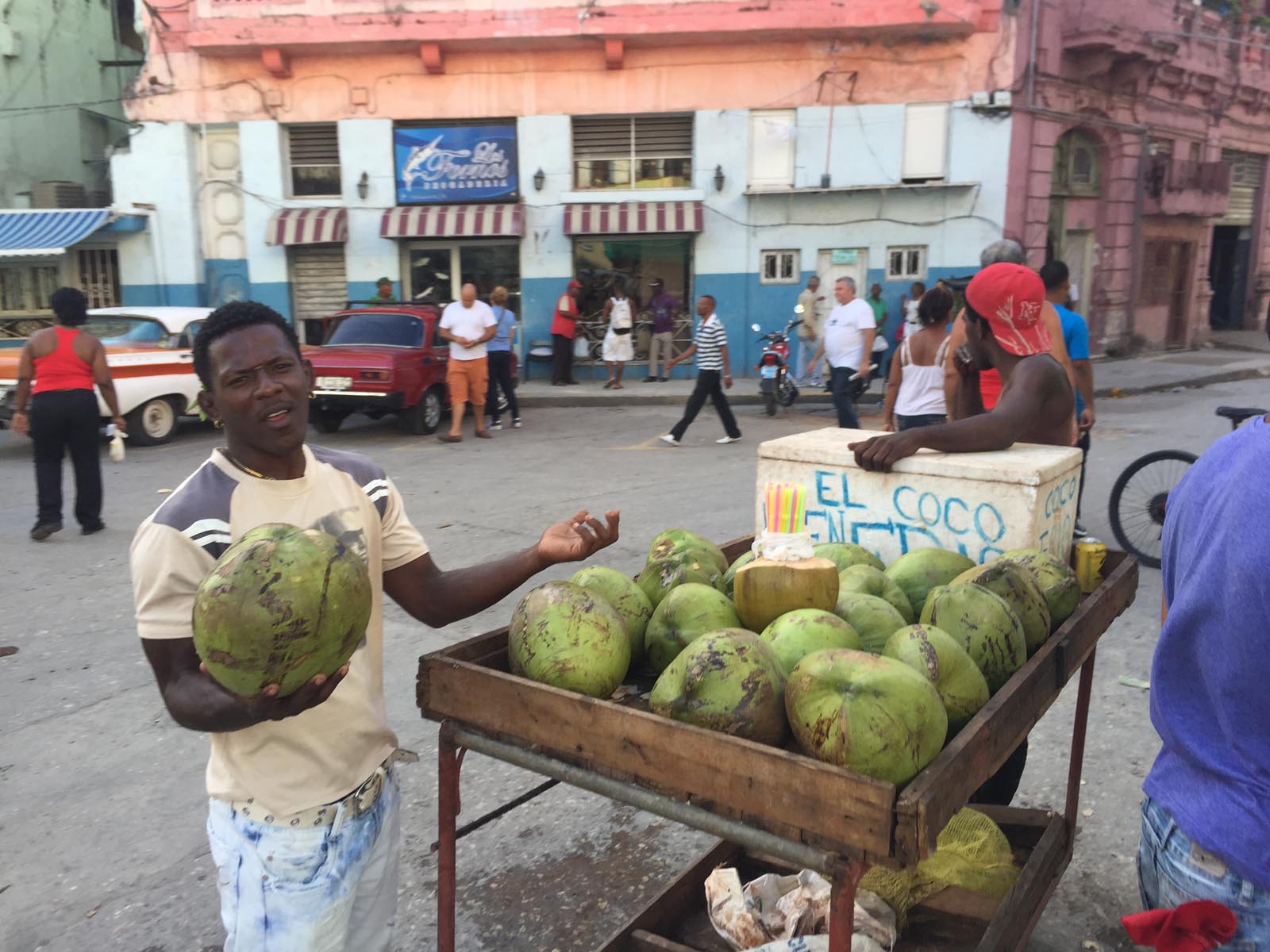


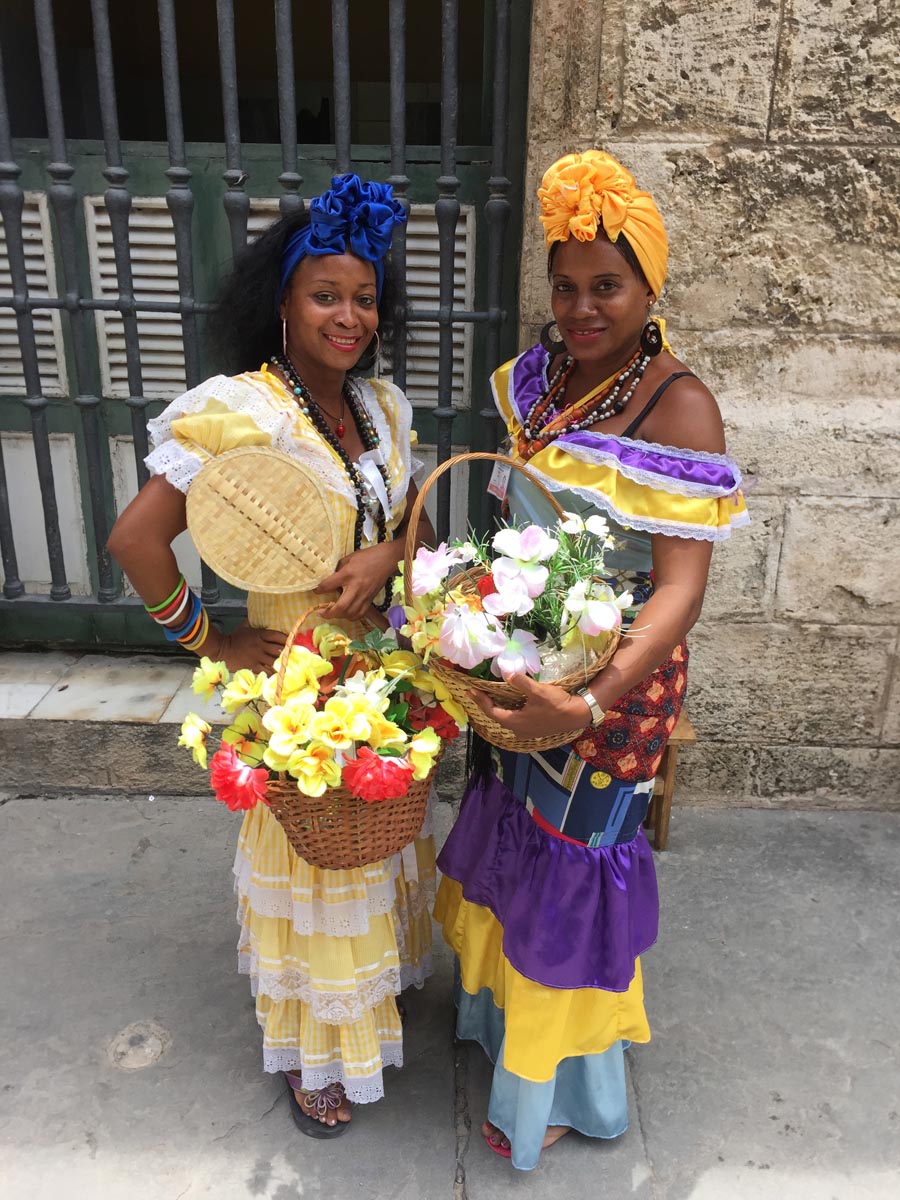
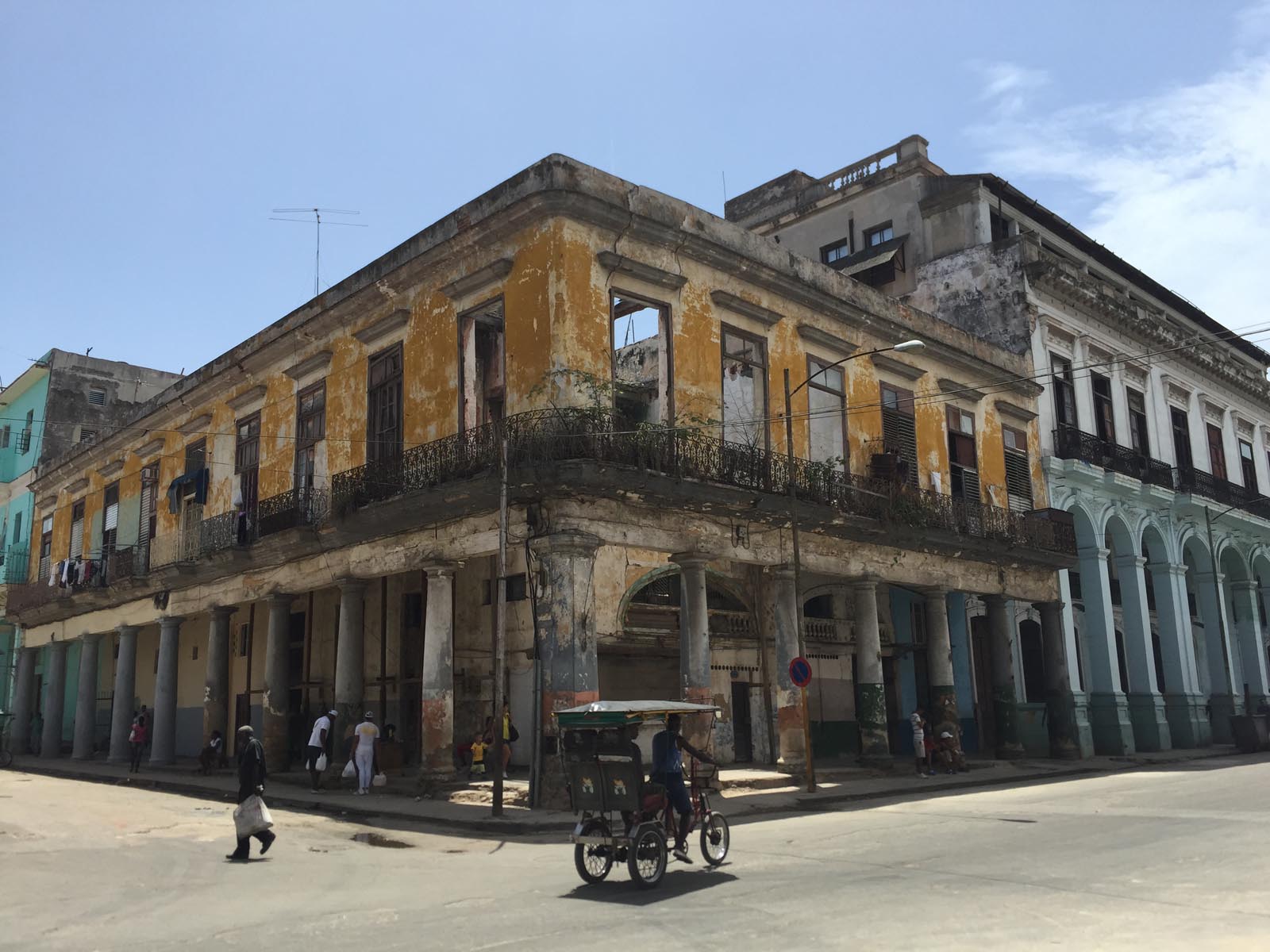
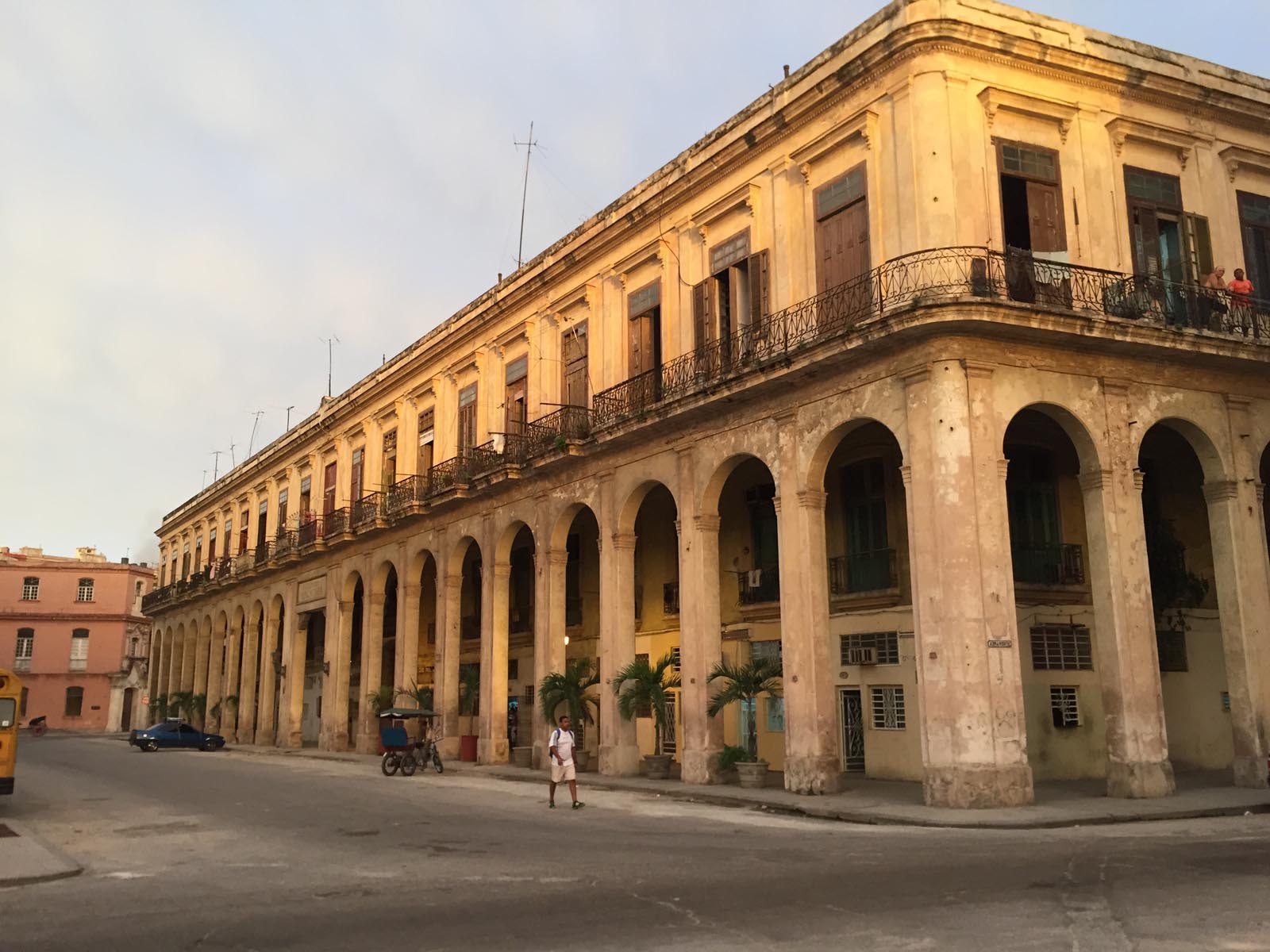

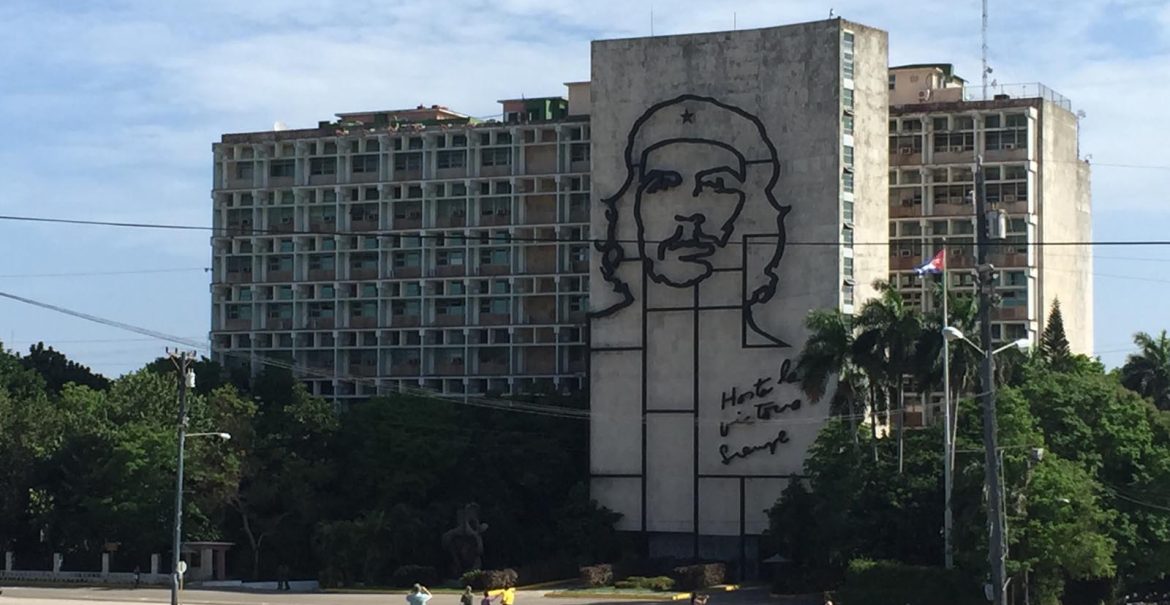
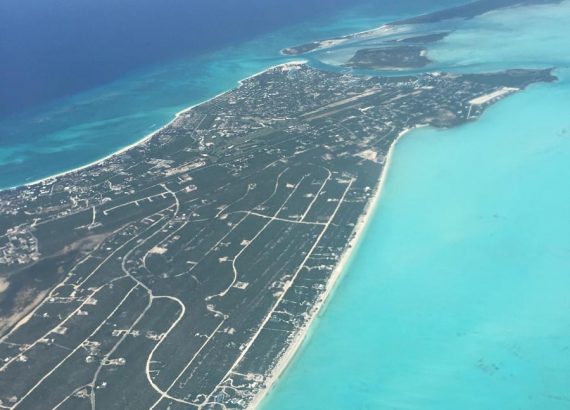
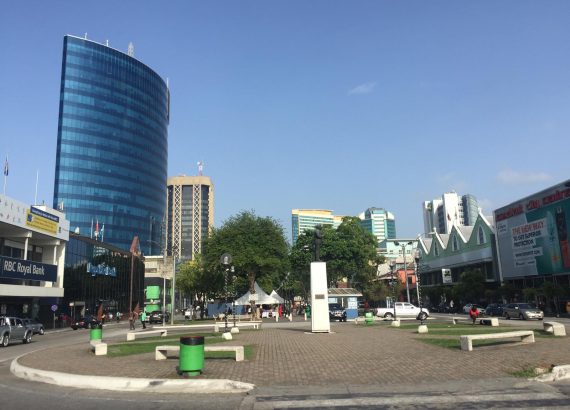
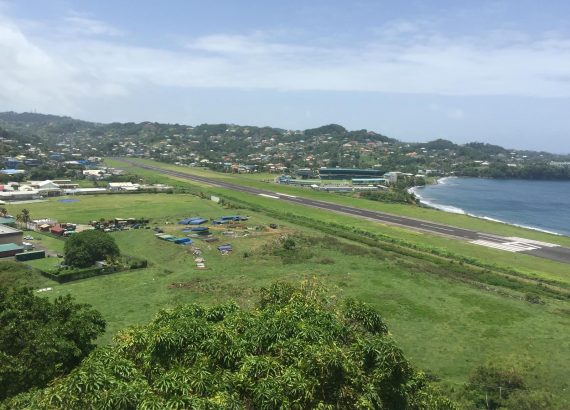
No Comments